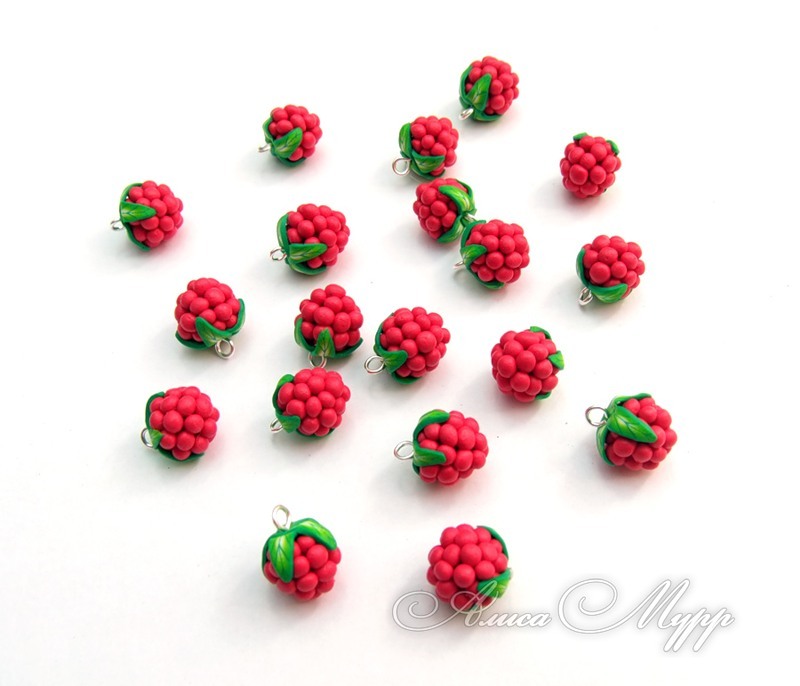Need for knitting:
– Yarn Pekhorka “Successful”, 100% mercerized cotton, 220m / 50g, orange – 3 pieces;
– Acrylic beads in the shape of hearts, “Crystal game” art.CRP061, orange – 8 packages;
– Glass beads 9-11 mm;
– Hook number 1.25.
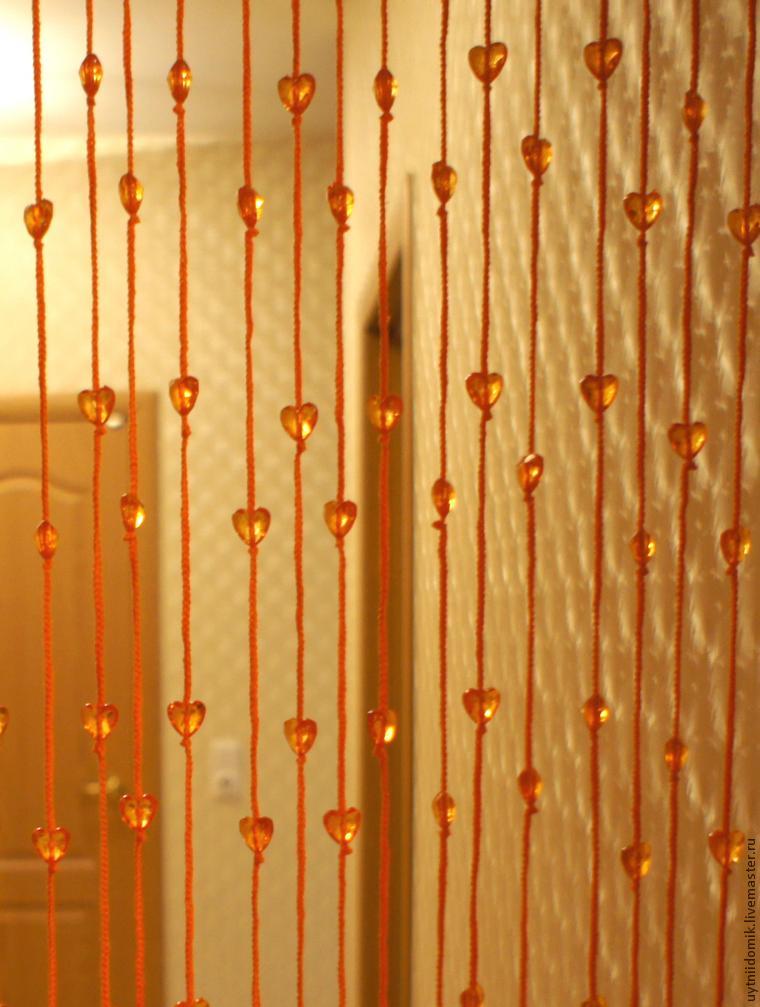

Legend:
ce – air loop;
st b / n – column without nakida;
v s / n – bar with nakida.
So, we begin:
Knitting curtains can be divided into 2 stages: Knitting and Knitting yarns top.
I prefer to knit the upper hand in the width of doors, ie from one casing to another – it’s easier not to miss the desired width curtains. Very well suited for this Bruges braid.
Top curtains knit in 2 threads.
For knitting lace Enter 7 CP – The base tape – we assume that this is the first row.
 2 row: knit 6 CP – “Ears”, for which we tie the thread – and v s / n in the 7th ce
2 row: knit 6 CP – “Ears”, for which we tie the thread – and v s / n in the 7th ce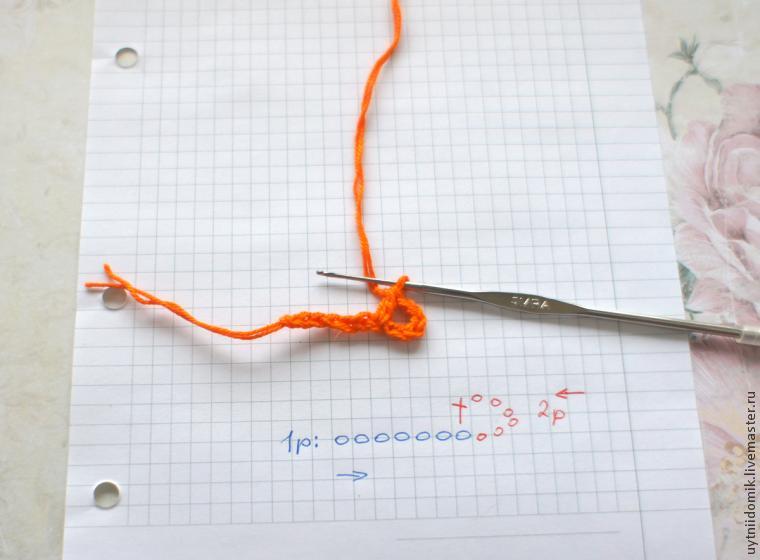 Thence and 5 v s / n.
Thence and 5 v s / n. 3 series of 12 ce ( “ear” for which the curtain will be hung on the door), turn over knitting, Article 5 s / n, CP, arts / n.
3 series of 12 ce ( “ear” for which the curtain will be hung on the door), turn over knitting, Article 5 s / n, CP, arts / n.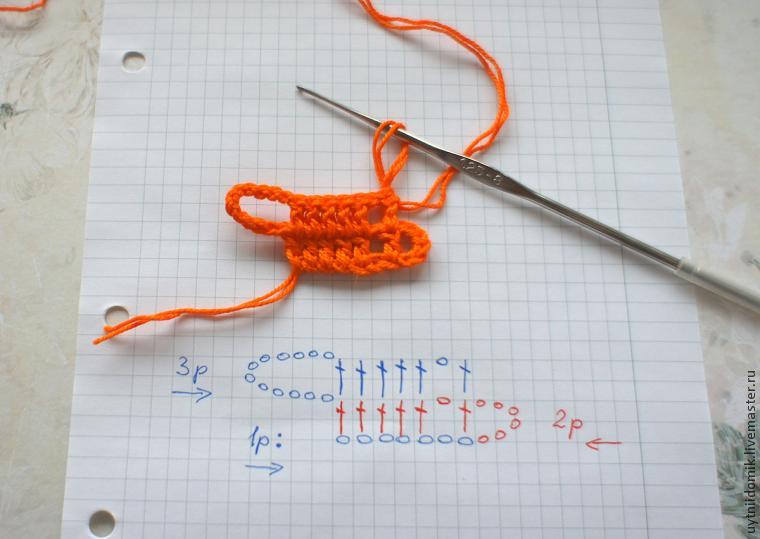
If you already have a crossbar, which will be hung curtains, you should not knit 12 cm, and so to be able to thread the bar into the “ear”.
Row 4: knit as the second.
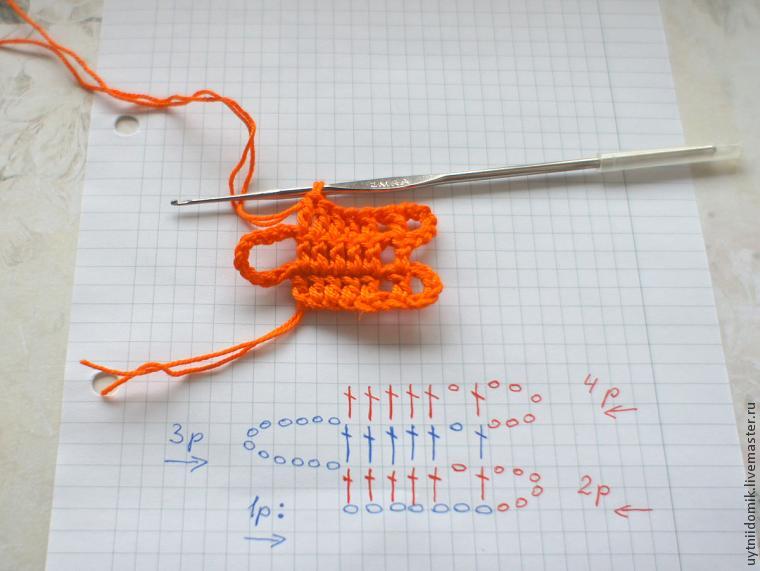 Row 5: knit, as the third.
Row 5: knit, as the third.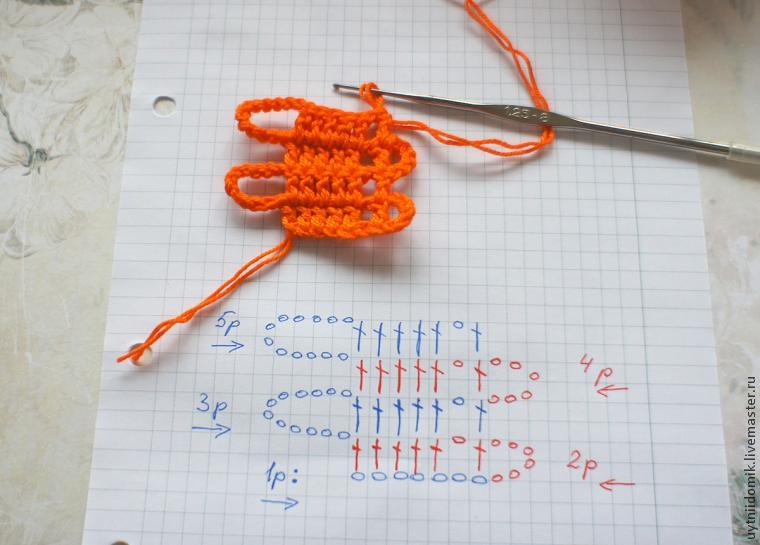
We continue to knit braid, alternating between the second and third rows of curtains to the desired width. Cut the strings, tails hide.
According to the “lugs” consider how to associate the threads and how much beads and glass beads.Glass beads are tied and hung on the ends of the threads – so the thread is better to hang and less confused. And in order to determine how much you need Beads – knit pattern. I was knitting yarn with different amounts of CE between the beads and different lengths and is applied to the door. As a result, I decided that between the beads is 40 ce and beads on each strand is 7 pcs.
curtains yarns knit in a single thread.
Before you start knitting each thread stringing beads – 7 pieces.
 Move aside the beads away, so they do not interfere with undergirding the ball and start to trim. We type 2 CE and the second loop on the hook 6 item b / n – 1 number.
Move aside the beads away, so they do not interfere with undergirding the ball and start to trim. We type 2 CE and the second loop on the hook 6 item b / n – 1 number.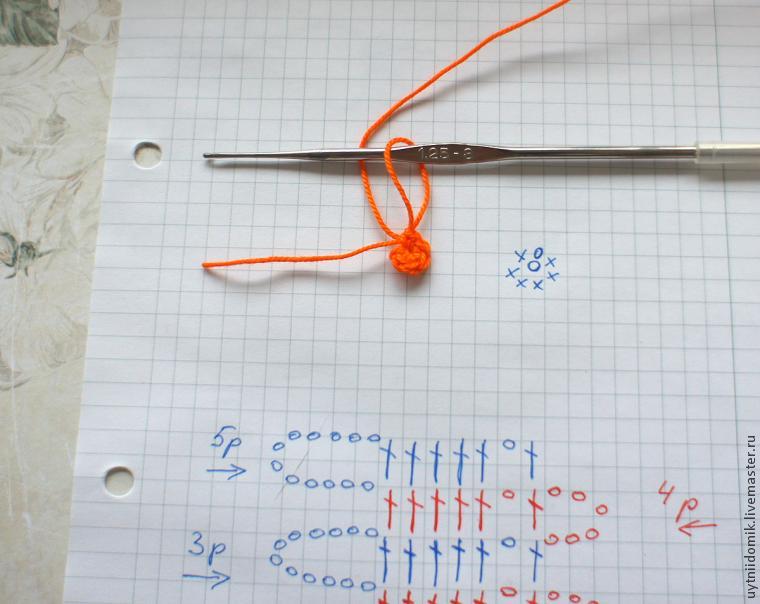 2 number: 2 item b / n in each column – get 12 st b / n.
2 number: 2 item b / n in each column – get 12 st b / n.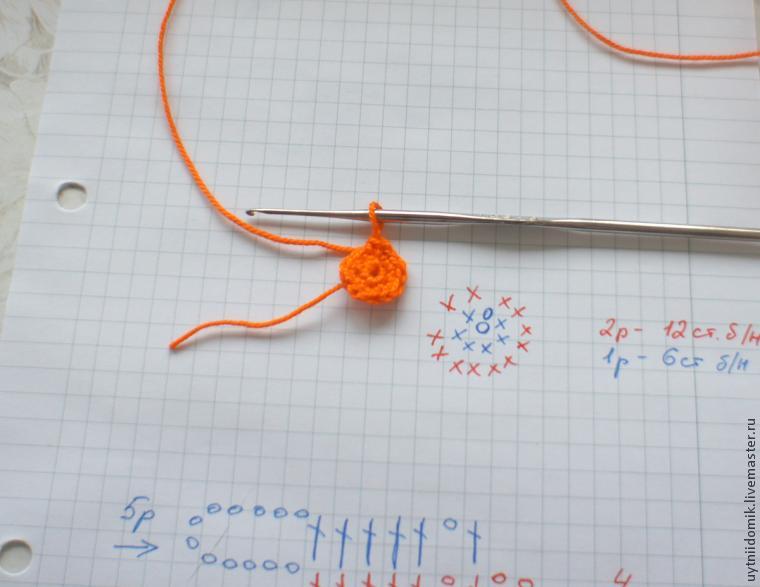 3rd row: Art w / o, 2 tbsp w / n in a column – so continue until the end of the series and get a 18 st b / n.
3rd row: Art w / o, 2 tbsp w / n in a column – so continue until the end of the series and get a 18 st b / n. It’s time to try on the ball 🙂
It’s time to try on the ball 🙂
Just right 🙂
4 and 5 rows knit without changes – to 18 st b / n in each.

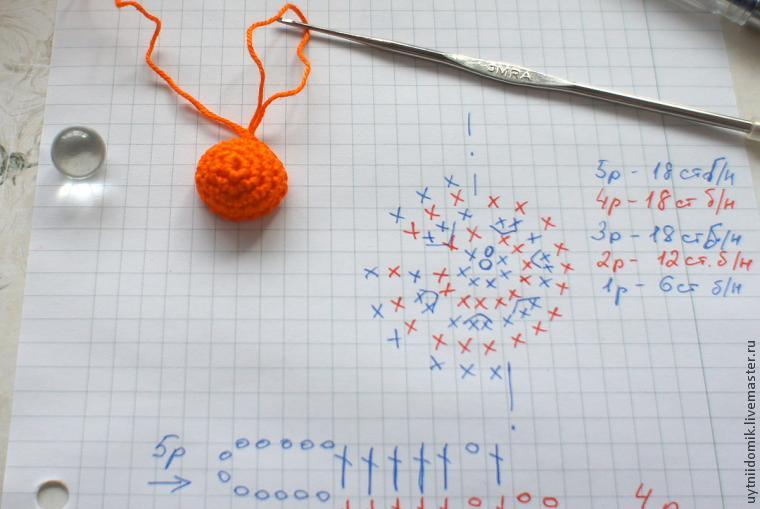
Fields are beginning to turn up and get “cap”.
Number 6: Article w / n, item b / n in column 2 of the previous series (Ibaka) – knit to end of a row and get the 12 st b / n.
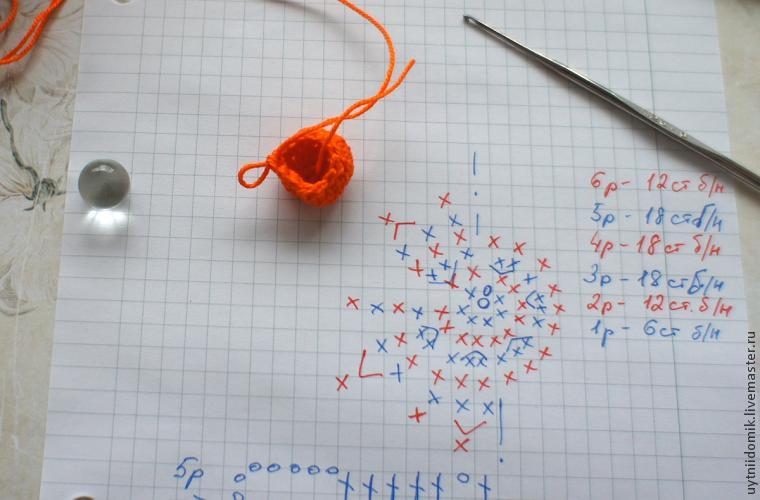 We put into our “cap” the tail that sticks out from the beginning of knitting and the ball – he enters with difficulty, but still gives in, but will not fall out when knitting the next row.
We put into our “cap” the tail that sticks out from the beginning of knitting and the ball – he enters with difficulty, but still gives in, but will not fall out when knitting the next row.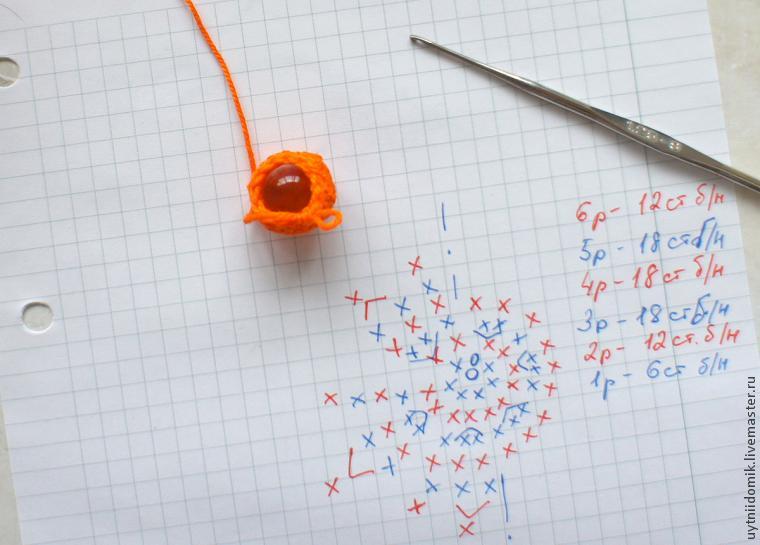 7 number: Article w / n in every two columns (Ibaka) – continue until the end of the series and get 6 tablespoons w / n.
7 number: Article w / n in every two columns (Ibaka) – continue until the end of the series and get 6 tablespoons w / n. At this point, I usually end up tying the ball. Through Art w / I pull for eyelet – turns 3 loops on the hook – and them together, thereby connecting the edges.
At this point, I usually end up tying the ball. Through Art w / I pull for eyelet – turns 3 loops on the hook – and them together, thereby connecting the edges.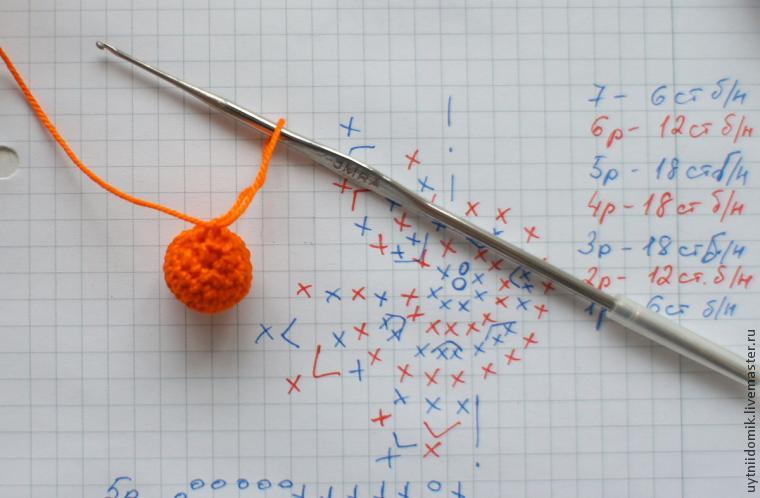 Now the thread itself. Try knitting ce tightly and uniformly to the thread of the same length were obtained. Provyazyvaem 40 CE
Now the thread itself. Try knitting ce tightly and uniformly to the thread of the same length were obtained. Provyazyvaem 40 CE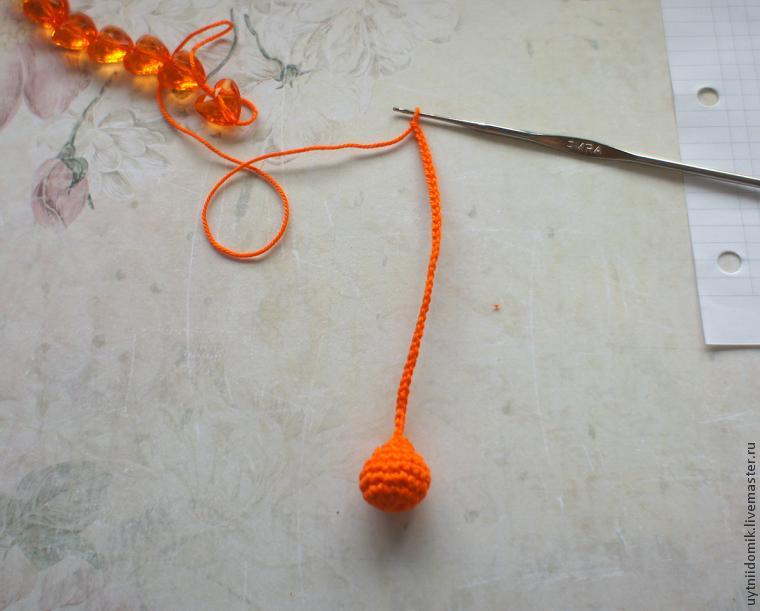 Provyazyvaem another 2 CP and item b / n the 2nd ce off the hook – get neat “knot”, which will hold the bead.
Provyazyvaem another 2 CP and item b / n the 2nd ce off the hook – get neat “knot”, which will hold the bead. The height of the beads is equal to 5 V. – Provyazyvaem 5 CP
The height of the beads is equal to 5 V. – Provyazyvaem 5 CP Slightly pull the loop and with the help of the hook through the hole stretch her beads.
Slightly pull the loop and with the help of the hook through the hole stretch her beads.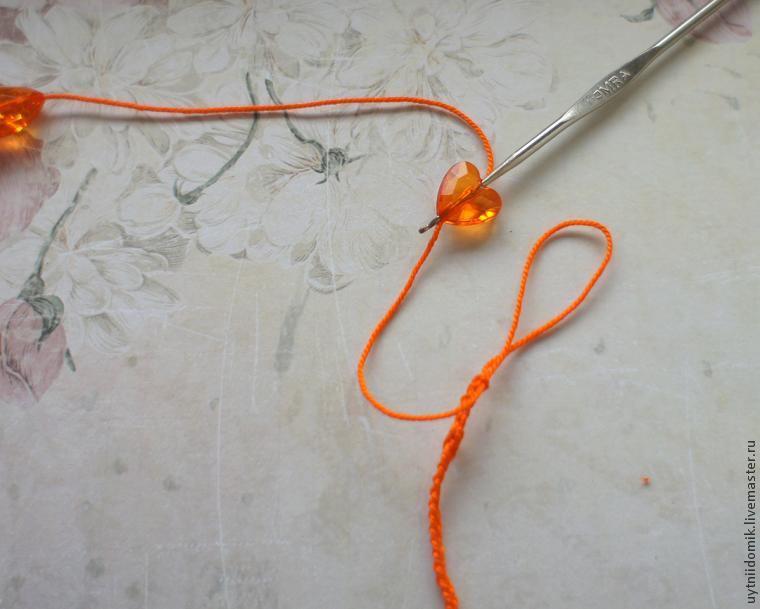
 From beads sticking only half ce Waist loop to normal size, and continue knitting.
From beads sticking only half ce Waist loop to normal size, and continue knitting.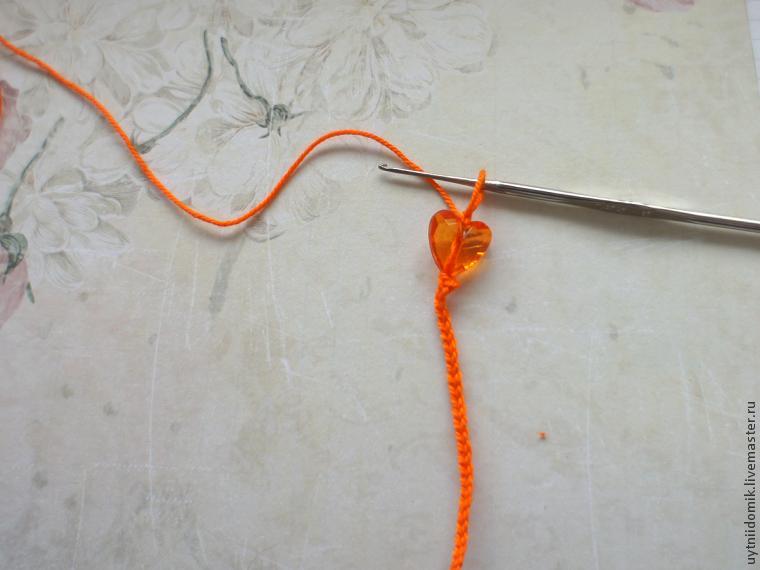 Again 40 ce, 2 ce with Article w / n, 5 CP, and bead.
Again 40 ce, 2 ce with Article w / n, 5 CP, and bead.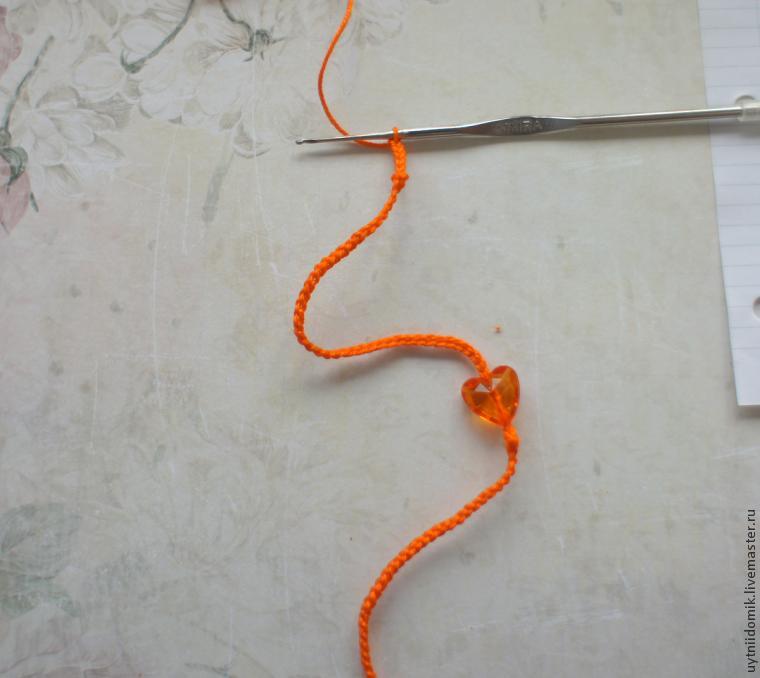
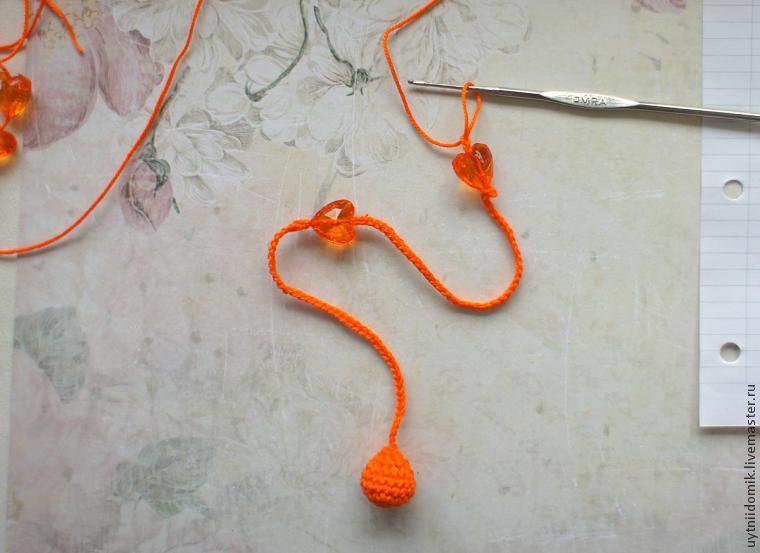
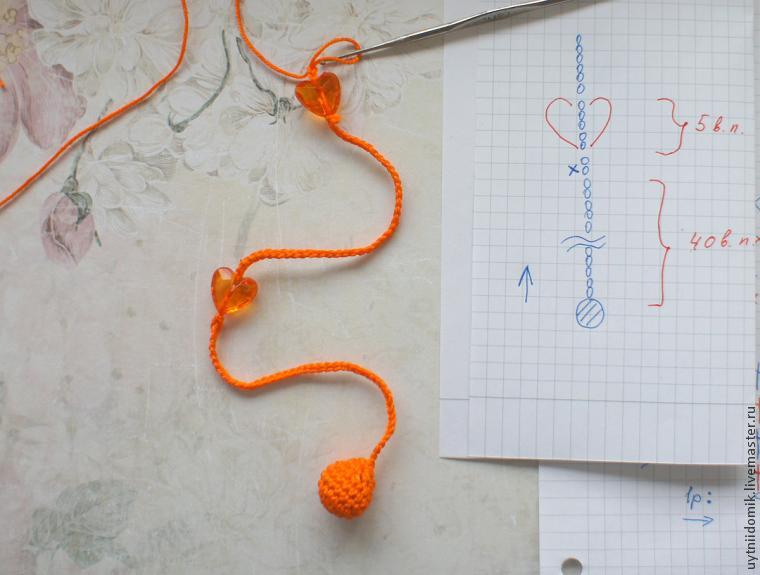
So keep knitting until the end strung beads, and after the last bead 40 ce, cut the thread and leave the tip length of 6-8 cm, which would be possible to tie a thread to the “eyelet” tape.
All yarn knit similarly. To edge is slightly wavy and more interesting, each second thread after the last I do not provyazyvala beads 40 CP and 20 CP As a result, half of yarn turned out a little shorter.
Tie the thread to the band tails and hide.
Shutters are ready.

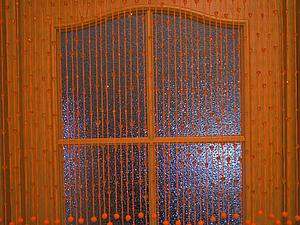

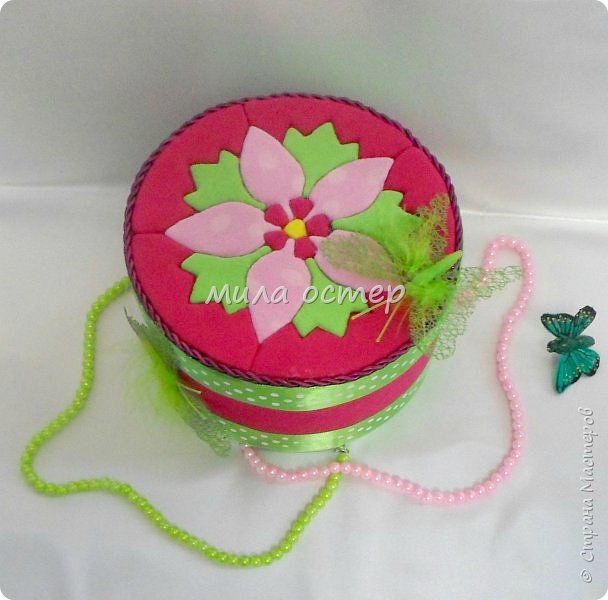 Required Materials:
Required Materials: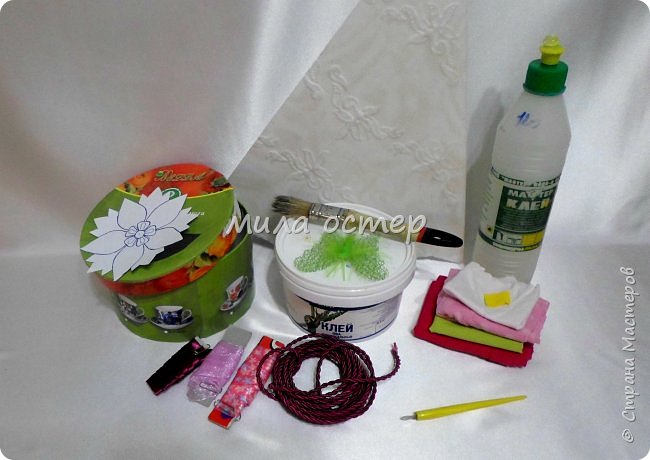 Encircles the lid on the tile. But I made a circle on the tile smaller diameter. Somewhere on 5 mm less than that than to stick the cord.
Encircles the lid on the tile. But I made a circle on the tile smaller diameter. Somewhere on 5 mm less than that than to stick the cord.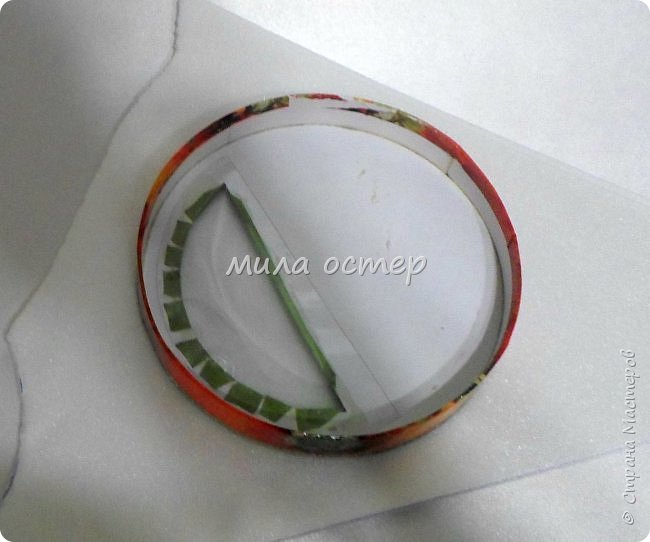 Draw drawing. Here we see that the circle cut from a tile smaller than the lid.
Draw drawing. Here we see that the circle cut from a tile smaller than the lid. Prikleevaem tiles to the lid.
Prikleevaem tiles to the lid.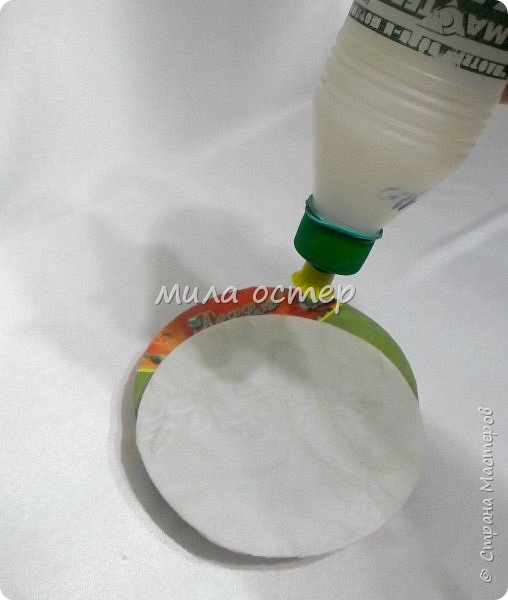 Pressed down and wait until skeleta.
Pressed down and wait until skeleta. In the meantime, you can future casket. Clay PVA glue.
In the meantime, you can future casket. Clay PVA glue.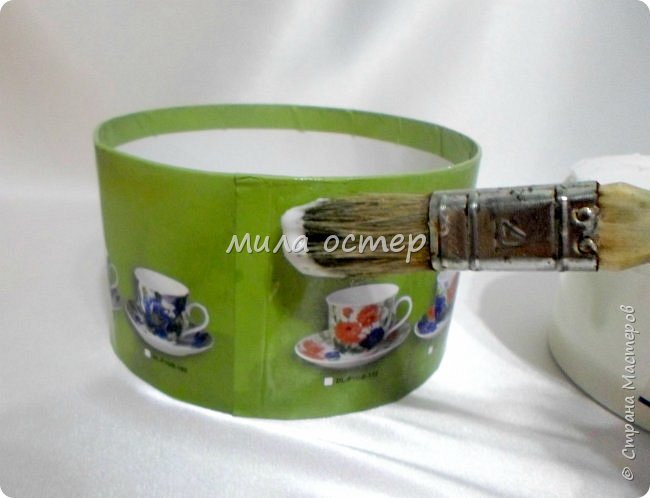 Here the selected piece of fabric already glued at the edges and the adhesive tape to close the fabric roughness.
Here the selected piece of fabric already glued at the edges and the adhesive tape to close the fabric roughness.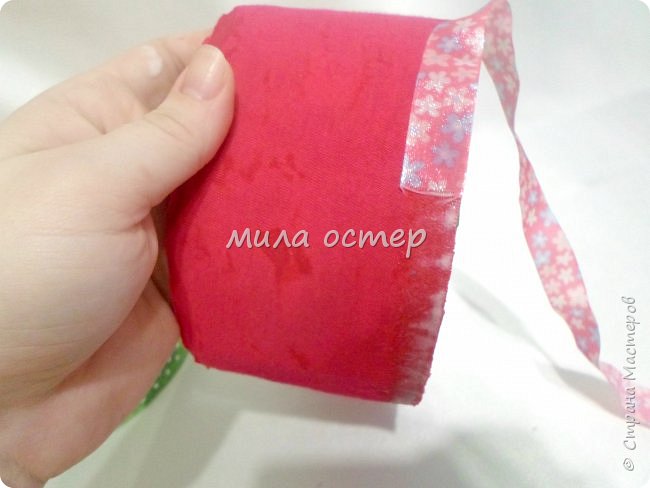 But here there was. Tape planned to cover the same as on the box – pink. But it turned out to be less than the width. And I had to run faster and look at their holdings something suitable. It was found so that’s light green polka dots and went perfectly in size and color.
But here there was. Tape planned to cover the same as on the box – pink. But it turned out to be less than the width. And I had to run faster and look at their holdings something suitable. It was found so that’s light green polka dots and went perfectly in size and color.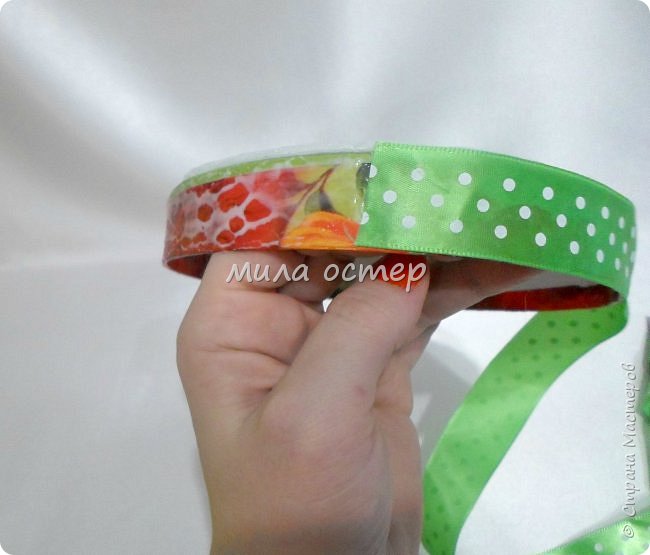
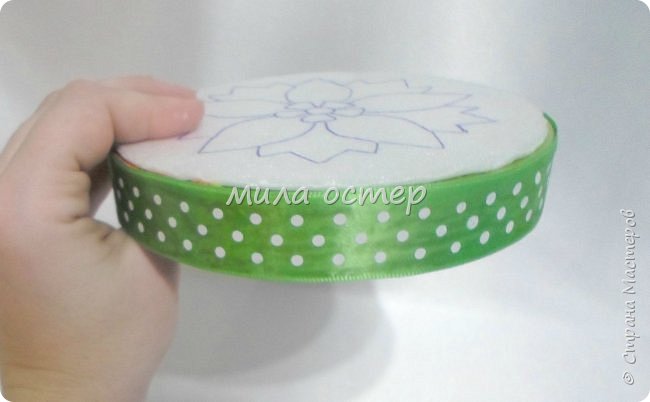 And that box …
And that box …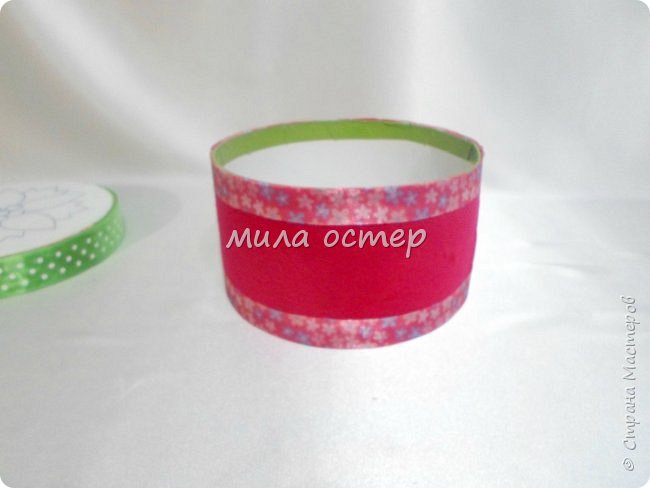 The stationery knife cuts through all over the picture.
The stationery knife cuts through all over the picture.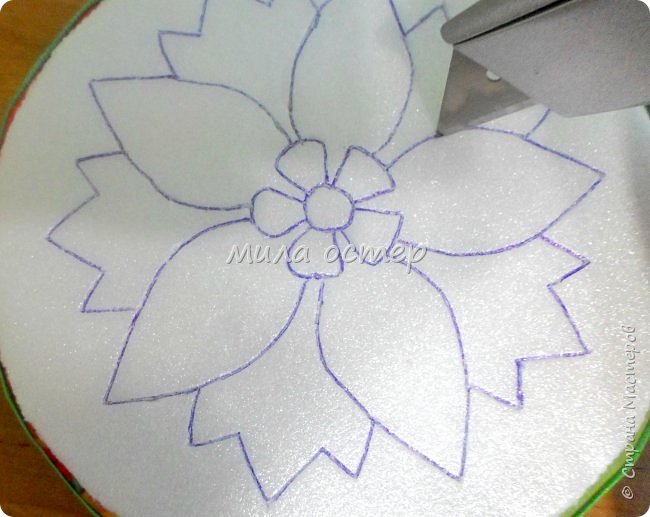 And we begin to tissue slices to cover our drawing.
And we begin to tissue slices to cover our drawing. Cut off about a planned Circuits appropriately sized piece of cloth.
Cut off about a planned Circuits appropriately sized piece of cloth. And with the help of sticks in the slots put cloth. Cut away the excess fabric.
And with the help of sticks in the slots put cloth. Cut away the excess fabric.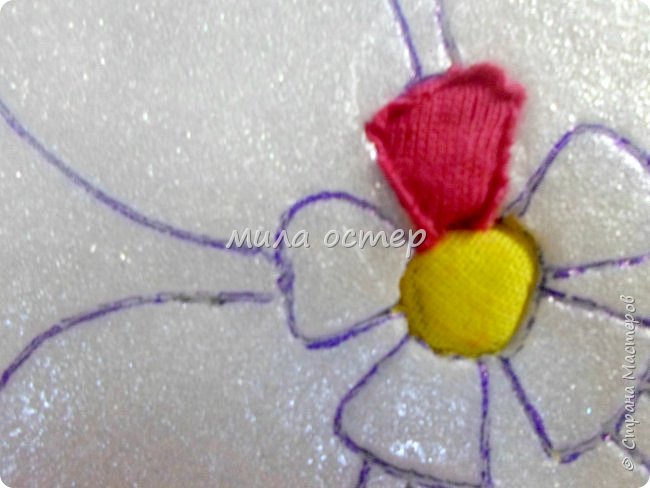 Like this.
Like this.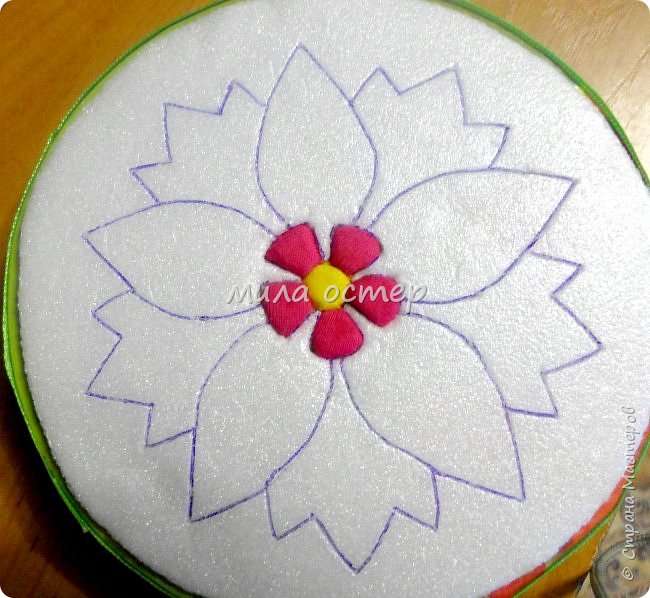 And then I got carried away and forgot much work still to do at least a couple of photos.
And then I got carried away and forgot much work still to do at least a couple of photos.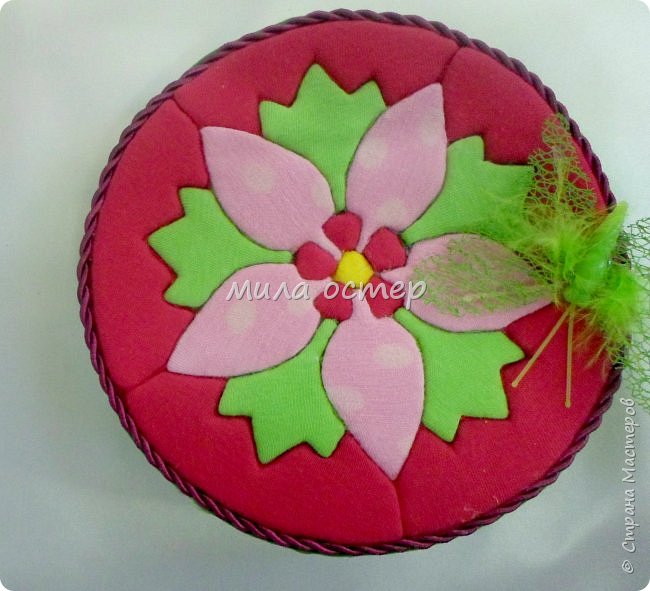 Inside painted with acrylic paints.
Inside painted with acrylic paints.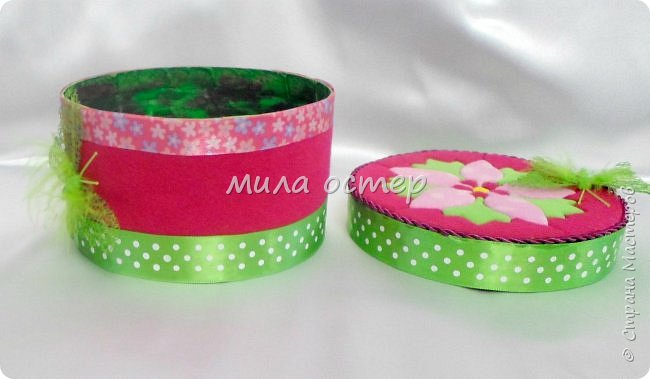 I like and I am very happy.
I like and I am very happy.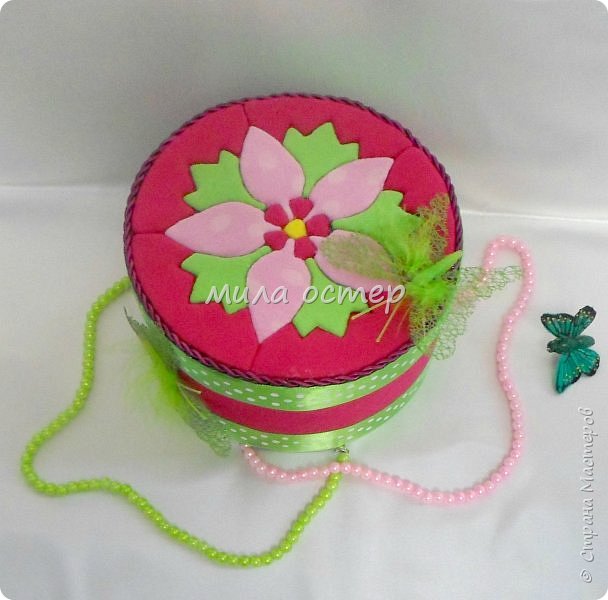 Lids certainly not perfect and master this technique will notice the flaws, but I and forgive me)))))))))
Lids certainly not perfect and master this technique will notice the flaws, but I and forgive me))))))))) on the other hand
on the other hand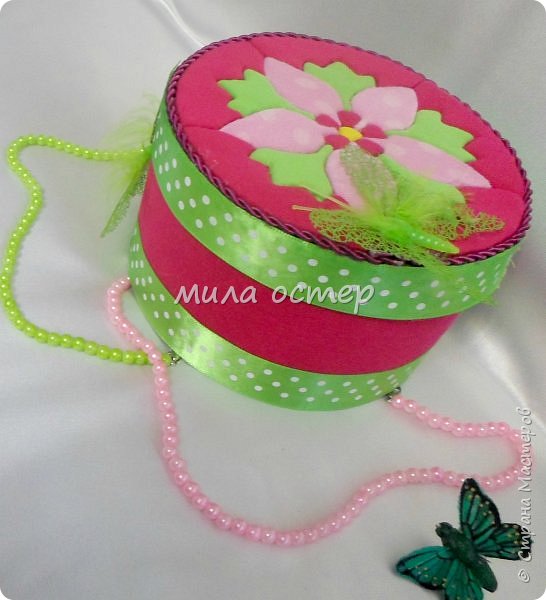 Our two lucky moment already went to wait on December 31 !!!!!!
Our two lucky moment already went to wait on December 31 !!!!!!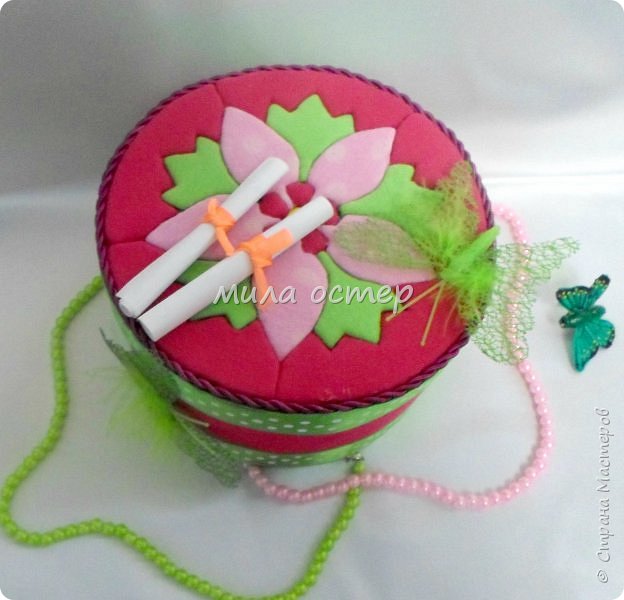 That’s it. Thanks to everyone who has paid his attention and looked at
That’s it. Thanks to everyone who has paid his attention and looked at
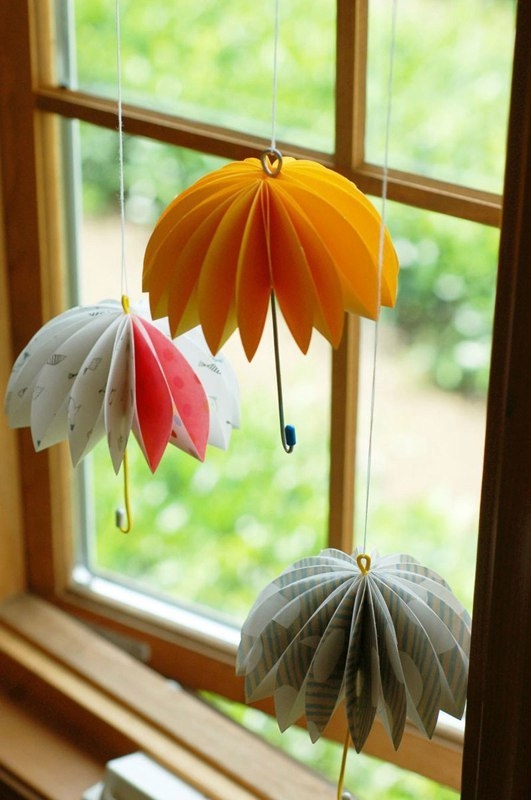
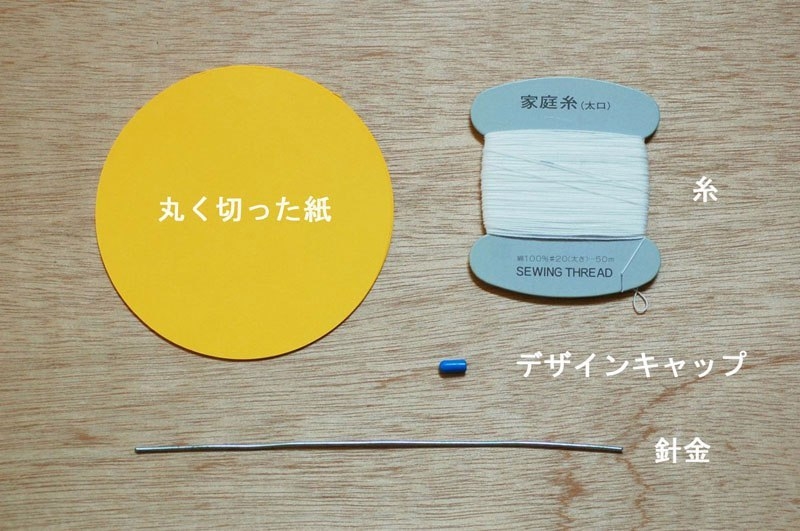
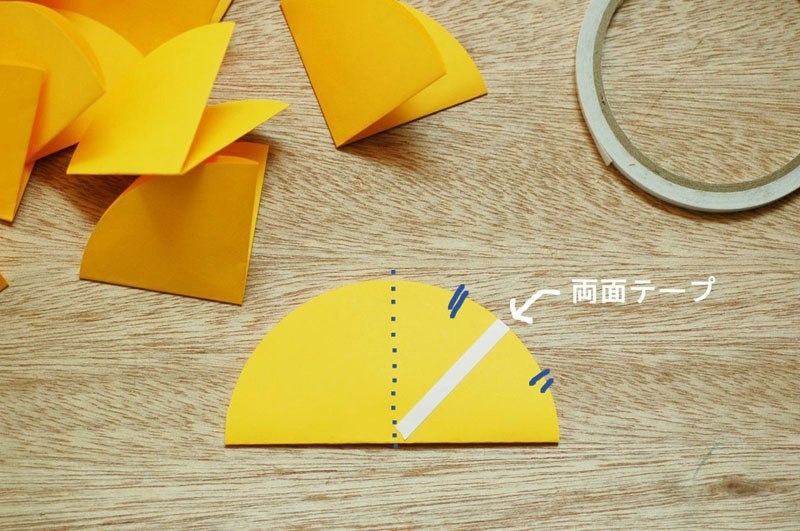


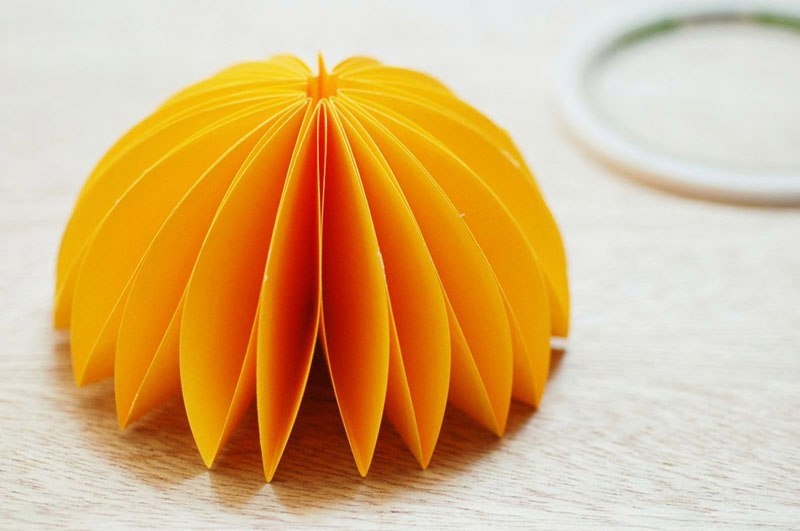
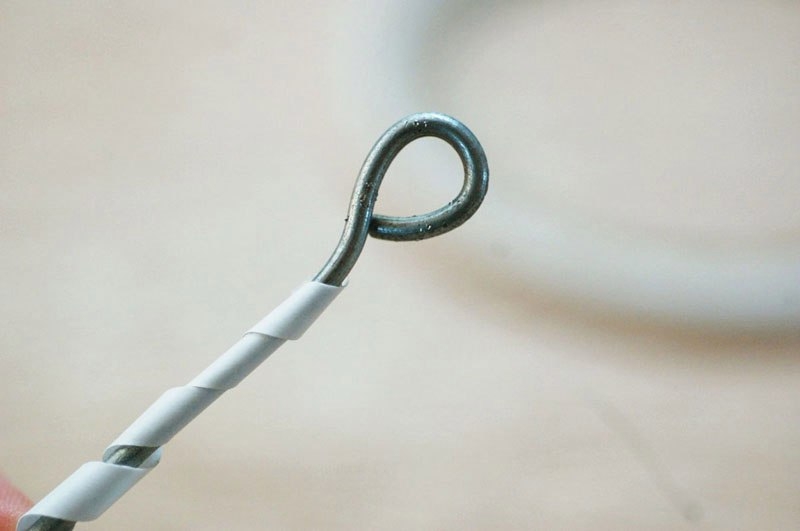

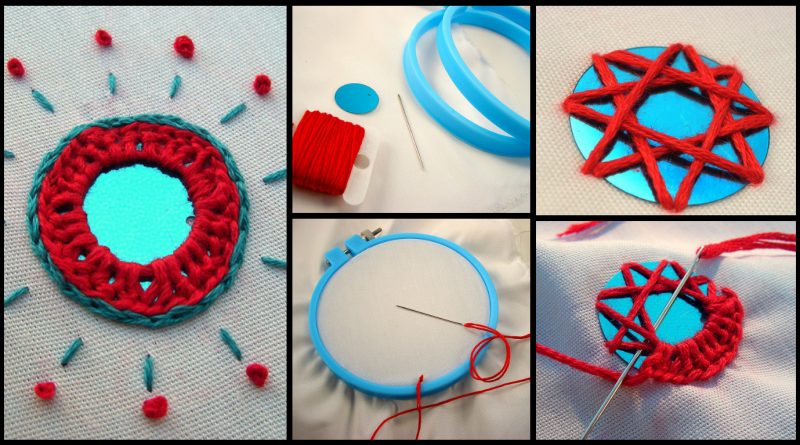
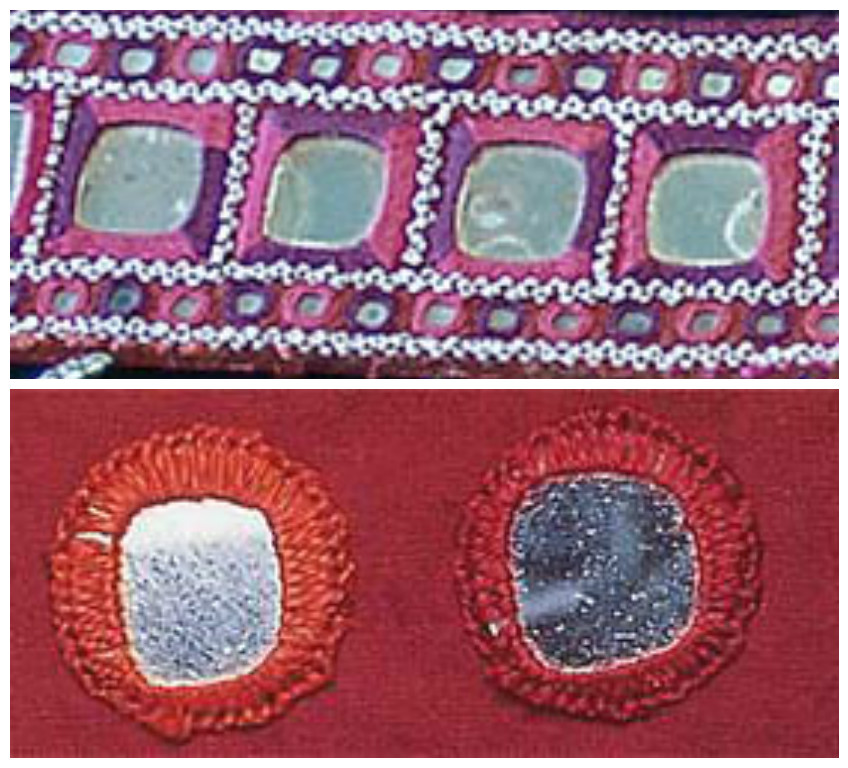
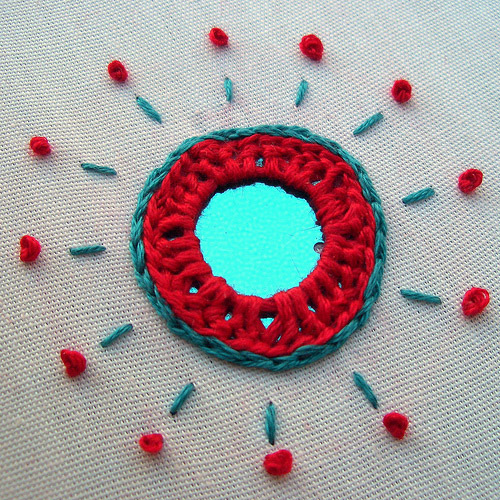 Prepare all materials. For embroidery you will need: cotton, silk or wool fabric with a tight weave structure of the fabric yarns, hoop, needle sharp, mirror-shisha (or sequins, or coins) and thread for embroidery (silk, cotton, metallic thread).
Prepare all materials. For embroidery you will need: cotton, silk or wool fabric with a tight weave structure of the fabric yarns, hoop, needle sharp, mirror-shisha (or sequins, or coins) and thread for embroidery (silk, cotton, metallic thread). Tightly secure the fabric in the hoop. Insert the thread a needle and tie a knot at the end of the thread.
Tightly secure the fabric in the hoop. Insert the thread a needle and tie a knot at the end of the thread.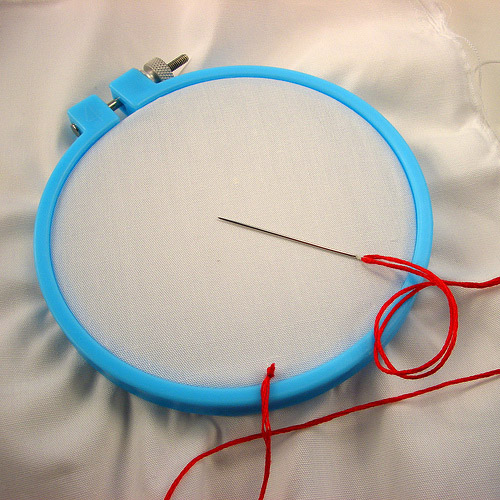 Place shisha on the fabric and sew basic cross stitches. The basic stitches are not necessary to be very careful. But they must be tight, and arrange them should not be too close to the edge of sequins – or shisha simply fall out.
Place shisha on the fabric and sew basic cross stitches. The basic stitches are not necessary to be very careful. But they must be tight, and arrange them should not be too close to the edge of sequins – or shisha simply fall out.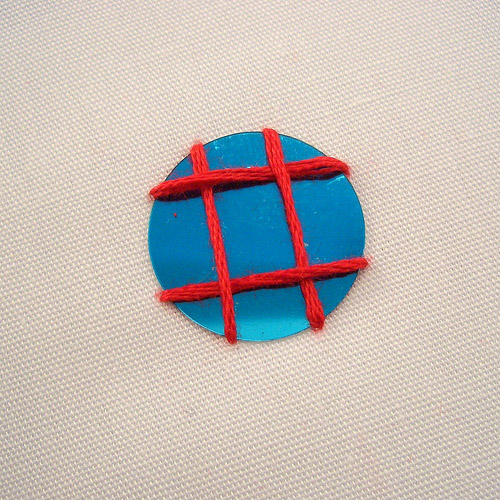 Now repeat the basic stitches, but by turning them by 45 degrees, as in the photo.
Now repeat the basic stitches, but by turning them by 45 degrees, as in the photo.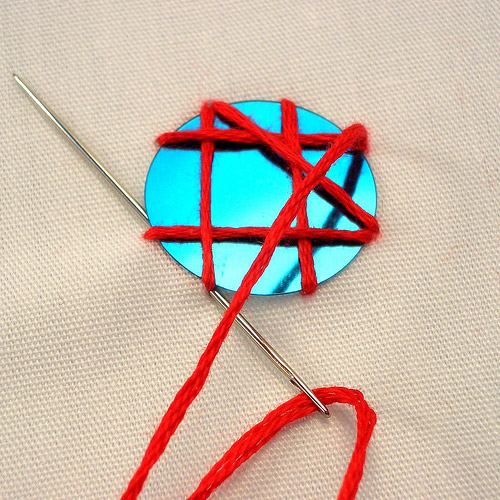 You should have this:
You should have this: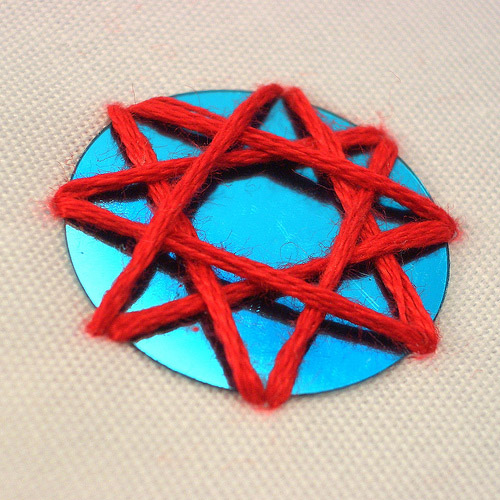 Now you can leave everything as it is, and sew the next shisha. This is already well fixed and looks nice. But if you want to create a tight box around the shisha – continue. Pierce the fabric with a needle near a mirror from the inside face. Then, insert the needle under the basic stitches from the center to the edge.
Now you can leave everything as it is, and sew the next shisha. This is already well fixed and looks nice. But if you want to create a tight box around the shisha – continue. Pierce the fabric with a needle near a mirror from the inside face. Then, insert the needle under the basic stitches from the center to the edge. Pull the thread and tighten the stitch, then make one stitch in the fabric next to the mirror.
Pull the thread and tighten the stitch, then make one stitch in the fabric next to the mirror.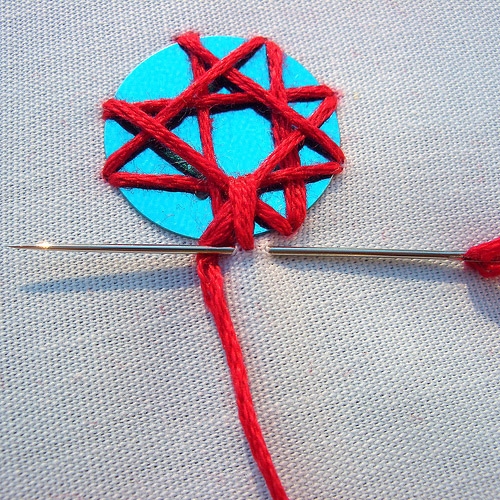 Now, following the stitches should be the same as odeyalnye stitches. Again, thread the needle under the basic stitches from the center to the edge, but make sure that the thread forms a loop under the needle when tightening the stitch.
Now, following the stitches should be the same as odeyalnye stitches. Again, thread the needle under the basic stitches from the center to the edge, but make sure that the thread forms a loop under the needle when tightening the stitch.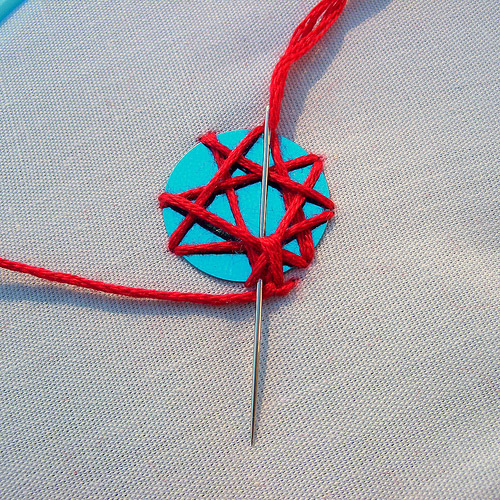 From now on, when you make a stitch on the cloth after odeyalnogo stitch, you make sure that puncture the needle through the previous stitch in the fabric. So you make a nice chain around your shisha.
From now on, when you make a stitch on the cloth after odeyalnogo stitch, you make sure that puncture the needle through the previous stitch in the fabric. So you make a nice chain around your shisha.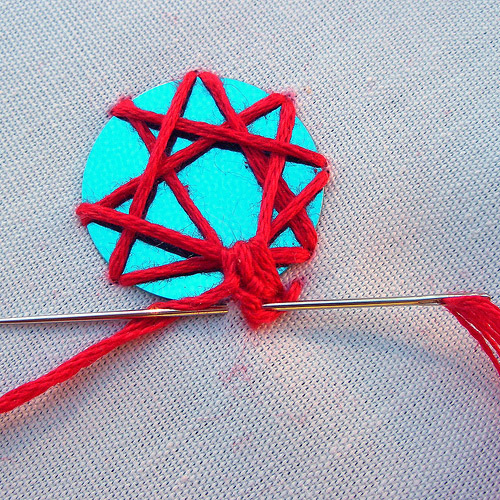 At this point, you can take out of the embroidery hoop, but not necessarily. Continue with steps 7 and 8 around the mirrors.
At this point, you can take out of the embroidery hoop, but not necessarily. Continue with steps 7 and 8 around the mirrors. If removed from the embroidery hoop, will be able to slightly bend the substrate and better control of the stitches on the fabric.
If removed from the embroidery hoop, will be able to slightly bend the substrate and better control of the stitches on the fabric.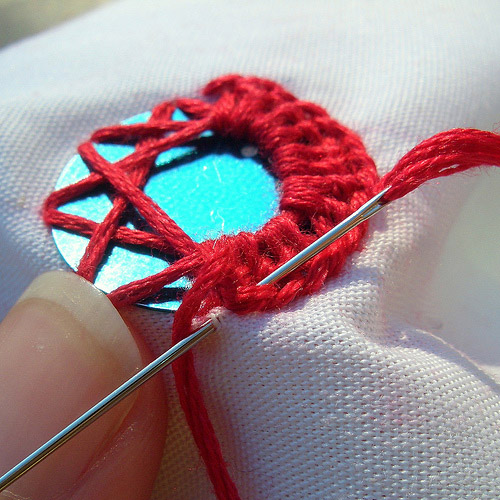 Continue until you reach the end!
Continue until you reach the end!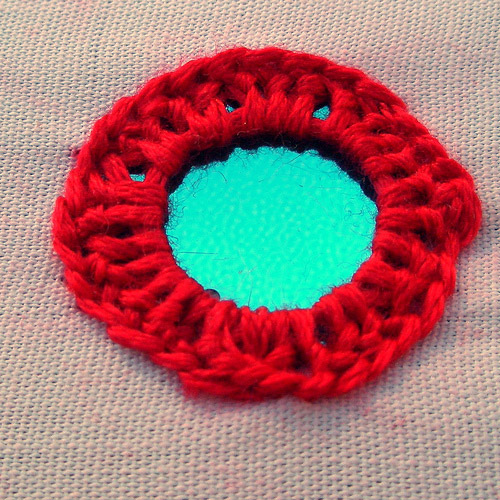 You can stop at this point, or do embroidery even more interesting. Follow the edging of turquoise chain stitch in tone sequins.
You can stop at this point, or do embroidery even more interesting. Follow the edging of turquoise chain stitch in tone sequins.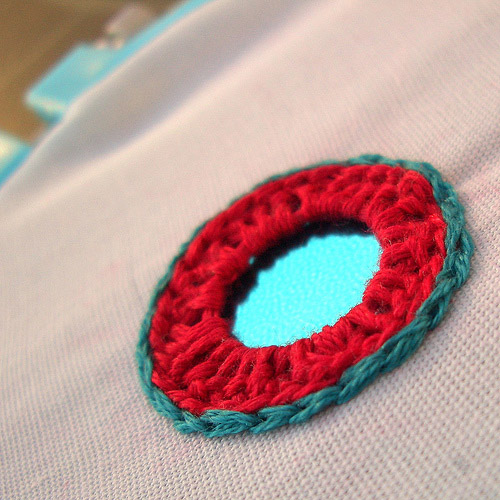 Then follow the stitches-rays of your shisha and shine like the sun!
Then follow the stitches-rays of your shisha and shine like the sun! Shut down the lovely French knots.
Shut down the lovely French knots.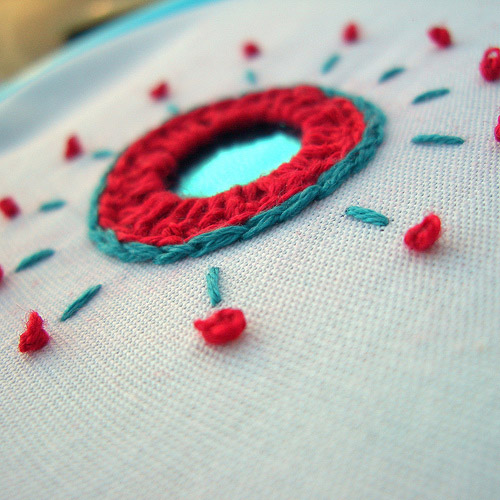
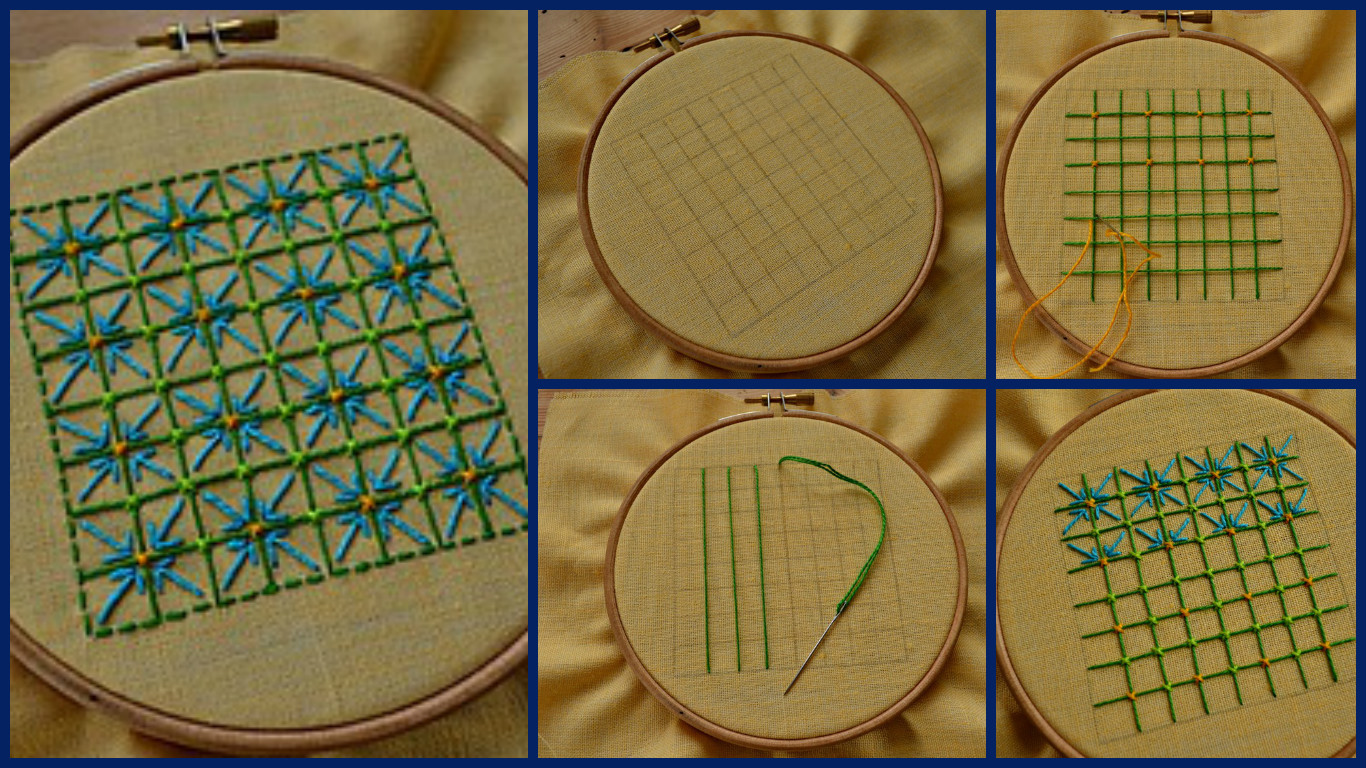

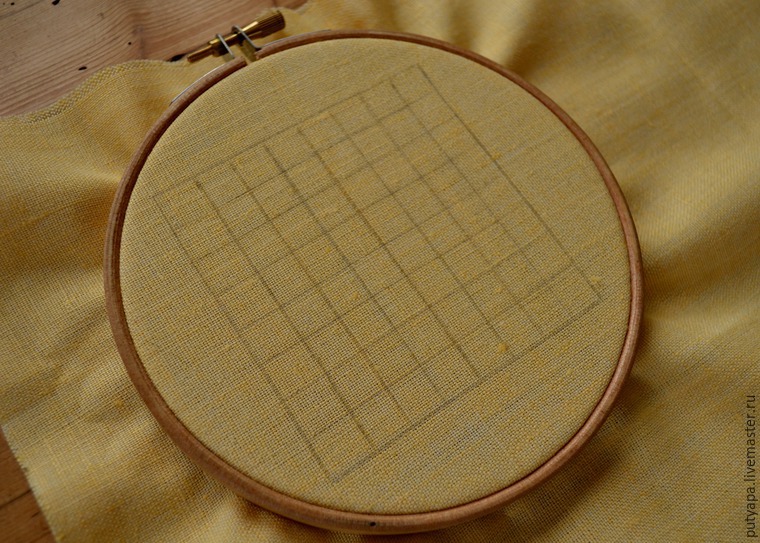 Further along the planned lines stretch yarn from left to right, then top to bottom (or vice versa – does not matter). On the contour of a square thread does not stretch at the end of it seem. You get such a grid:
Further along the planned lines stretch yarn from left to right, then top to bottom (or vice versa – does not matter). On the contour of a square thread does not stretch at the end of it seem. You get such a grid:
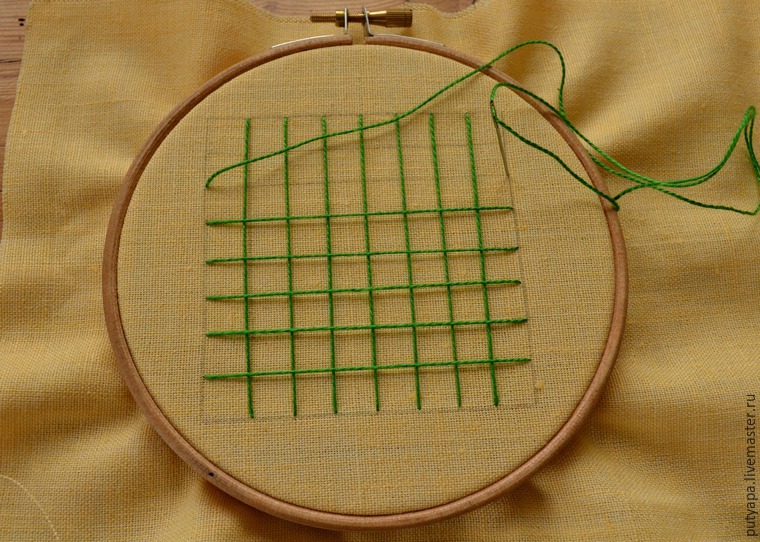
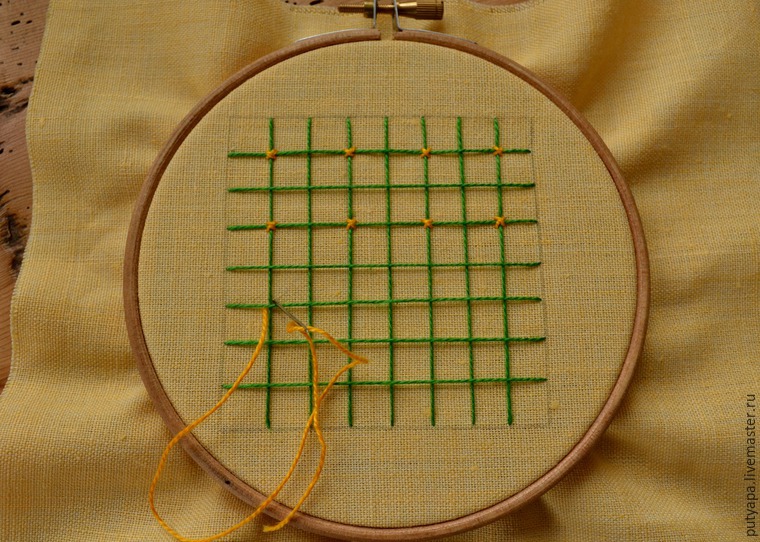
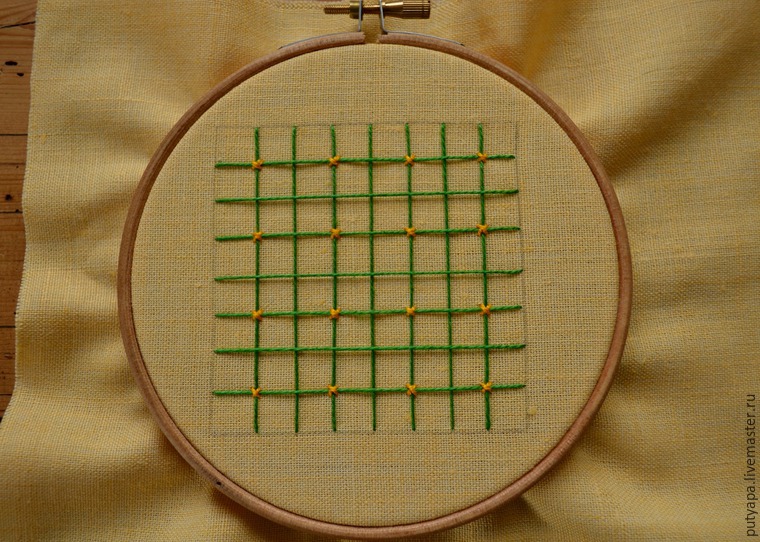 Then the rest of the crossing thread attach a cross thread of light green color. You get such a grid:
Then the rest of the crossing thread attach a cross thread of light green color. You get such a grid: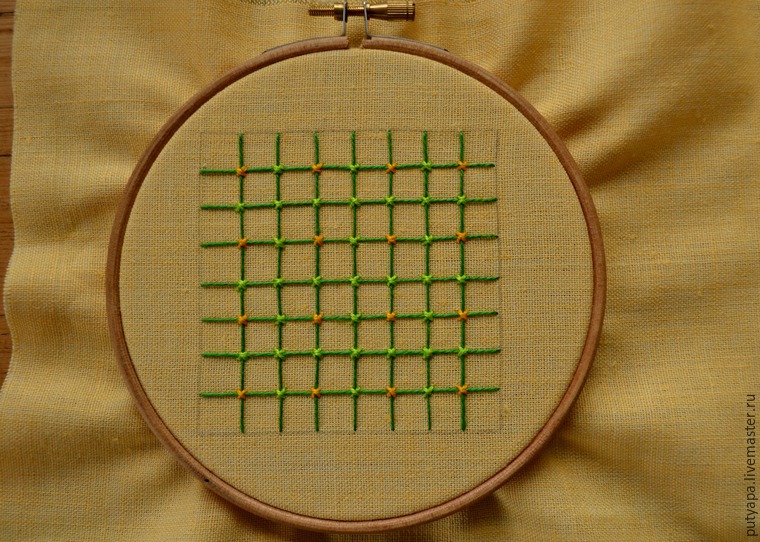 Now, in every cell of the resulting grid, we embroider cuts “legs”. This pattern is made of 3 stitches: 2 small stitches (approximately ) along the 2-sides of the square; and one stitch more – diagonally from one corner to another square. To “paws” to look nice and smooth, we make sure that all 3 stitches joined at one point.
Now, in every cell of the resulting grid, we embroider cuts “legs”. This pattern is made of 3 stitches: 2 small stitches (approximately ) along the 2-sides of the square; and one stitch more – diagonally from one corner to another square. To “paws” to look nice and smooth, we make sure that all 3 stitches joined at one point.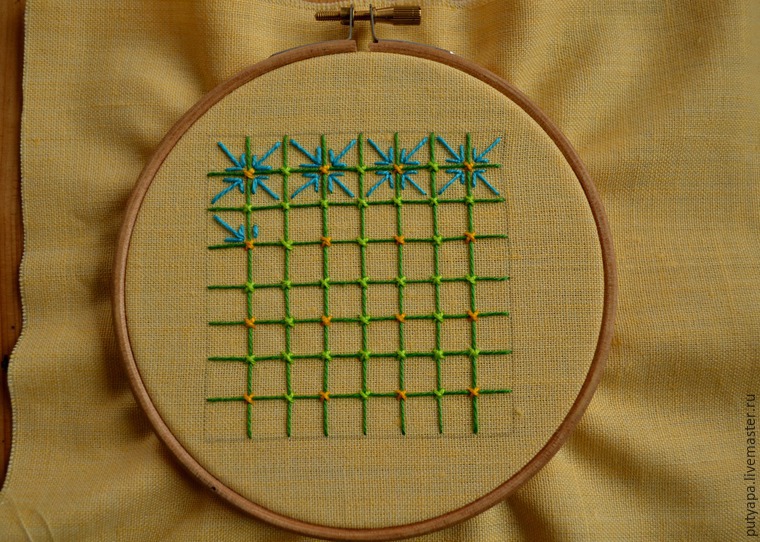

 Fill cells “tabs” from left to right, top row first flowers future, then lower.
Fill cells “tabs” from left to right, top row first flowers future, then lower.
 At the end of our work we are sheathed circuit stalk seam or seam “forward needle”. So, our job is ready:
At the end of our work we are sheathed circuit stalk seam or seam “forward needle”. So, our job is ready: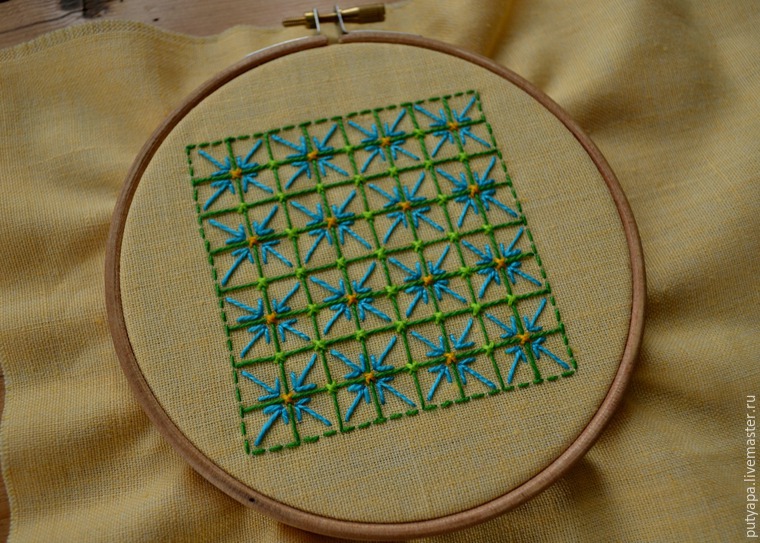 Here is an example of the finished product using this pattern – delicate daisies.
Here is an example of the finished product using this pattern – delicate daisies.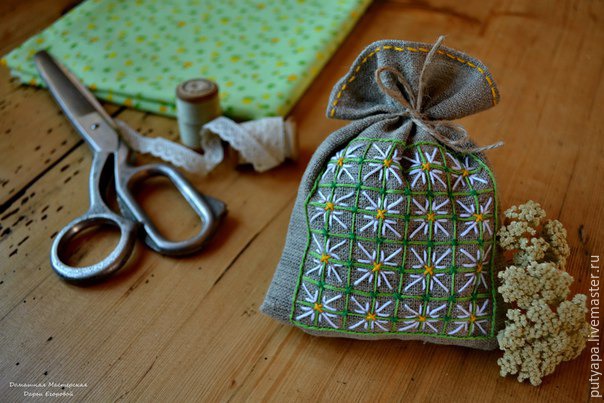 I hope my master class was someone interesting and useful. To be continued, Until we meet again!
I hope my master class was someone interesting and useful. To be continued, Until we meet again!
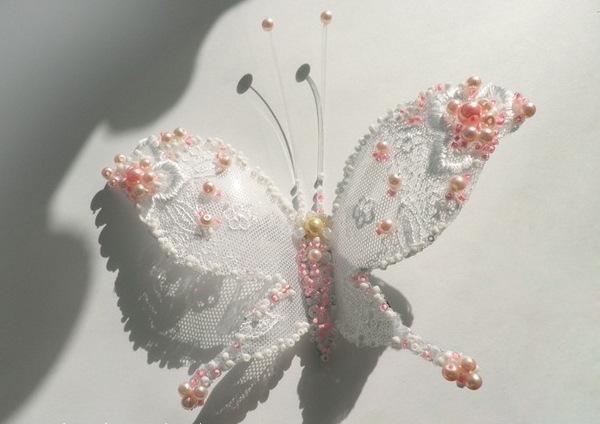
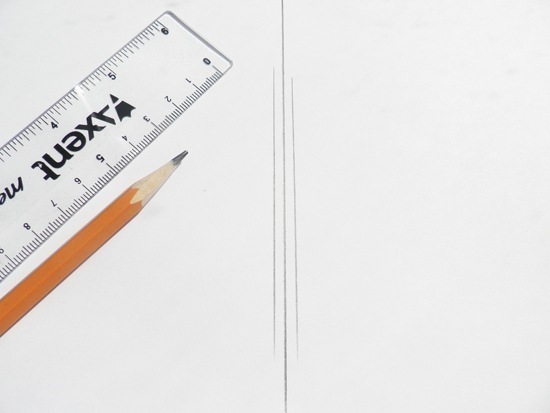
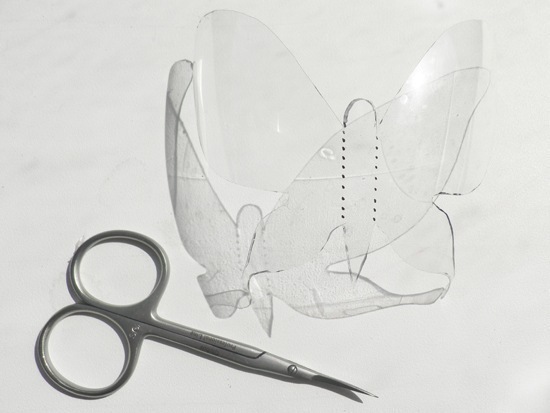
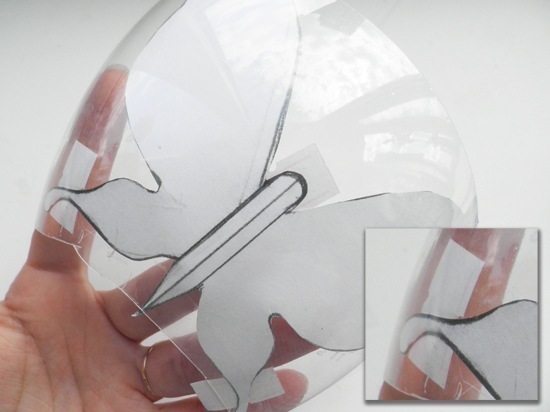
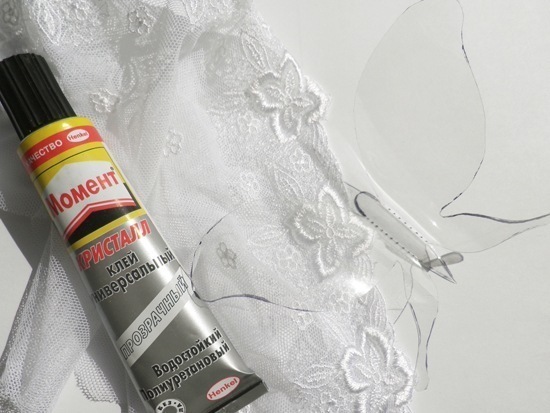
 14. Try to pick the beads of the same color range, or the same color, but different shades, then your butterfly will look harmonious. Antennae can be cut from the remnants of a plastic bottle in the form of thin strips, stick them on the plastic substrate before applying beads. And on the tips of the antennae secured with glue. so we got a butterfly. Due to the fact that it was created with the help of sufficiently resistant material, it can be used for different purposes: decoration for flower vases, hair clip, magnet on the fridge, and even decoration for sandals.
14. Try to pick the beads of the same color range, or the same color, but different shades, then your butterfly will look harmonious. Antennae can be cut from the remnants of a plastic bottle in the form of thin strips, stick them on the plastic substrate before applying beads. And on the tips of the antennae secured with glue. so we got a butterfly. Due to the fact that it was created with the help of sufficiently resistant material, it can be used for different purposes: decoration for flower vases, hair clip, magnet on the fridge, and even decoration for sandals.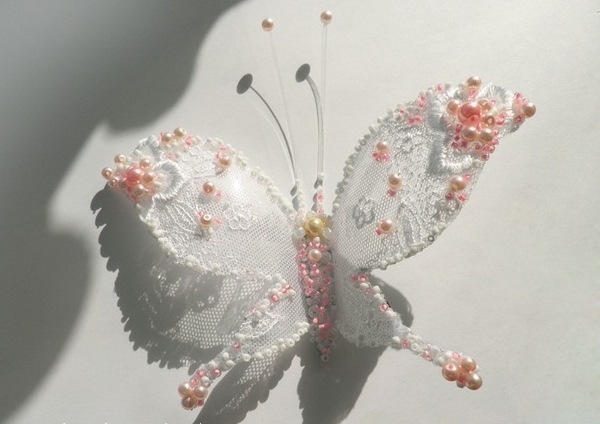



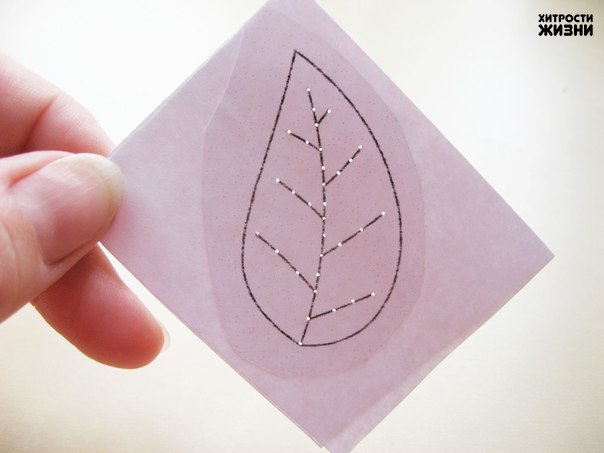
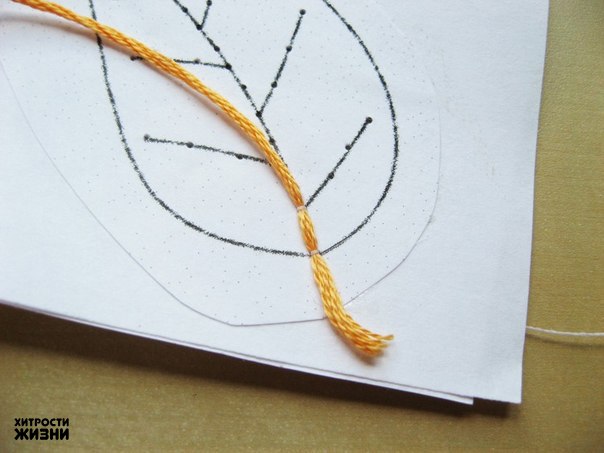
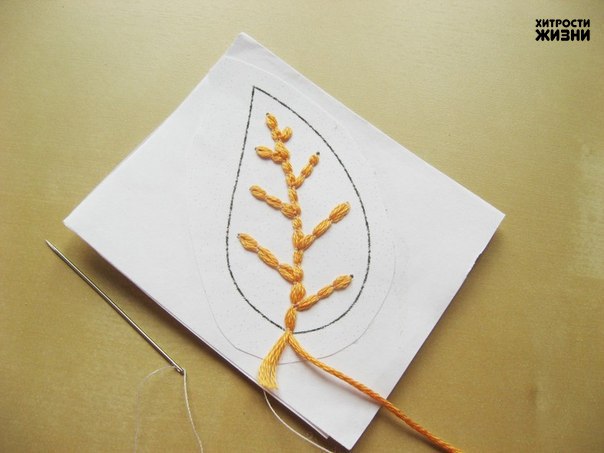


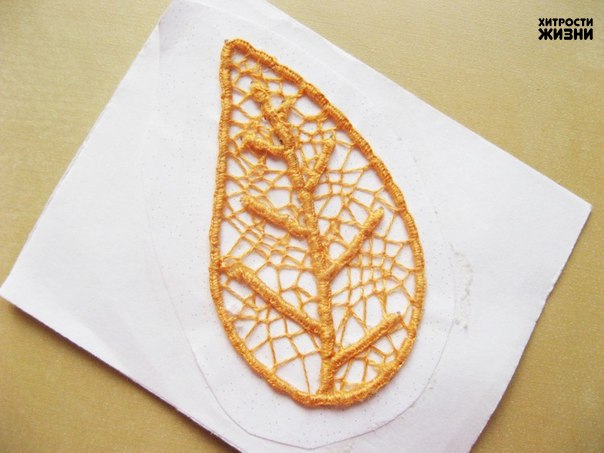
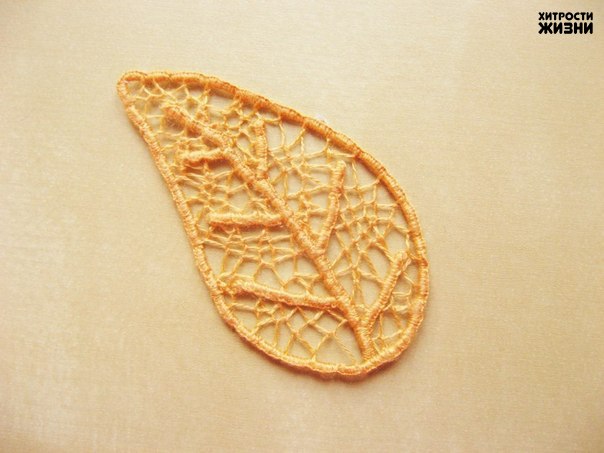
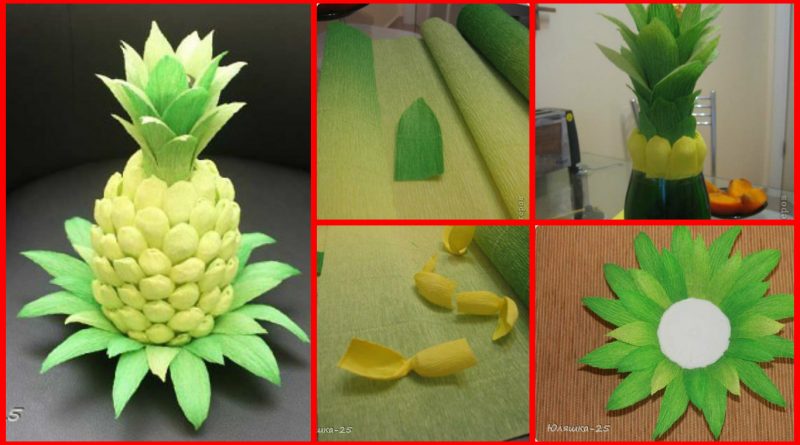
 Material:
Material: Sami scales width of 2 – 2.5 cm long and 9 centimeters folding is not necessarily in the middle, the best one the tip of the other shorter. Fold paper twist and stretch at the bend locations at once 2 halves. Inside, between them I have them stick together with glue droplet. If the scales are short, we will see the bottle and turn ugly.
Sami scales width of 2 – 2.5 cm long and 9 centimeters folding is not necessarily in the middle, the best one the tip of the other shorter. Fold paper twist and stretch at the bend locations at once 2 halves. Inside, between them I have them stick together with glue droplet. If the scales are short, we will see the bottle and turn ugly. That begins wrapping the bottle in a checkerboard pattern. Top tip – do not tear off the label !!!! To bare the bottle very hard to stick (especially Italian crepe paper). Bad assistant with the paper and tape !!! Of course, if you use an ordinary crepe paper for school (I did a paper Christmas tree) is suitable glue pen and tape. The second pineapple glued Melt – quickly and accurately !!! Often, i.e. rows close to each other to stick is not necessary – it turns dumb
That begins wrapping the bottle in a checkerboard pattern. Top tip – do not tear off the label !!!! To bare the bottle very hard to stick (especially Italian crepe paper). Bad assistant with the paper and tape !!! Of course, if you use an ordinary crepe paper for school (I did a paper Christmas tree) is suitable glue pen and tape. The second pineapple glued Melt – quickly and accurately !!! Often, i.e. rows close to each other to stick is not necessary – it turns dumb Optionally, you can paint the finished pineapple marker
Optionally, you can paint the finished pineapple marker And it is possible, and leaves from the bottom, “attach”. Beauty Get pineapple bottle low, a round.
And it is possible, and leaves from the bottom, “attach”. Beauty Get pineapple bottle low, a round.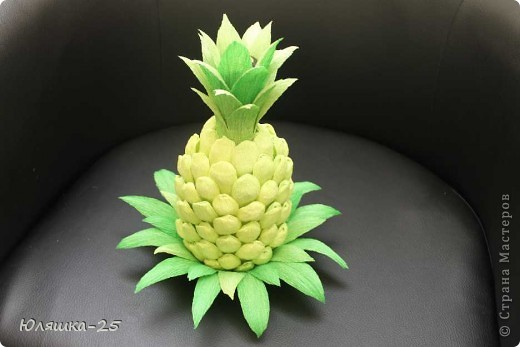 That such leaves I made soapstone pallet.
That such leaves I made soapstone pallet.
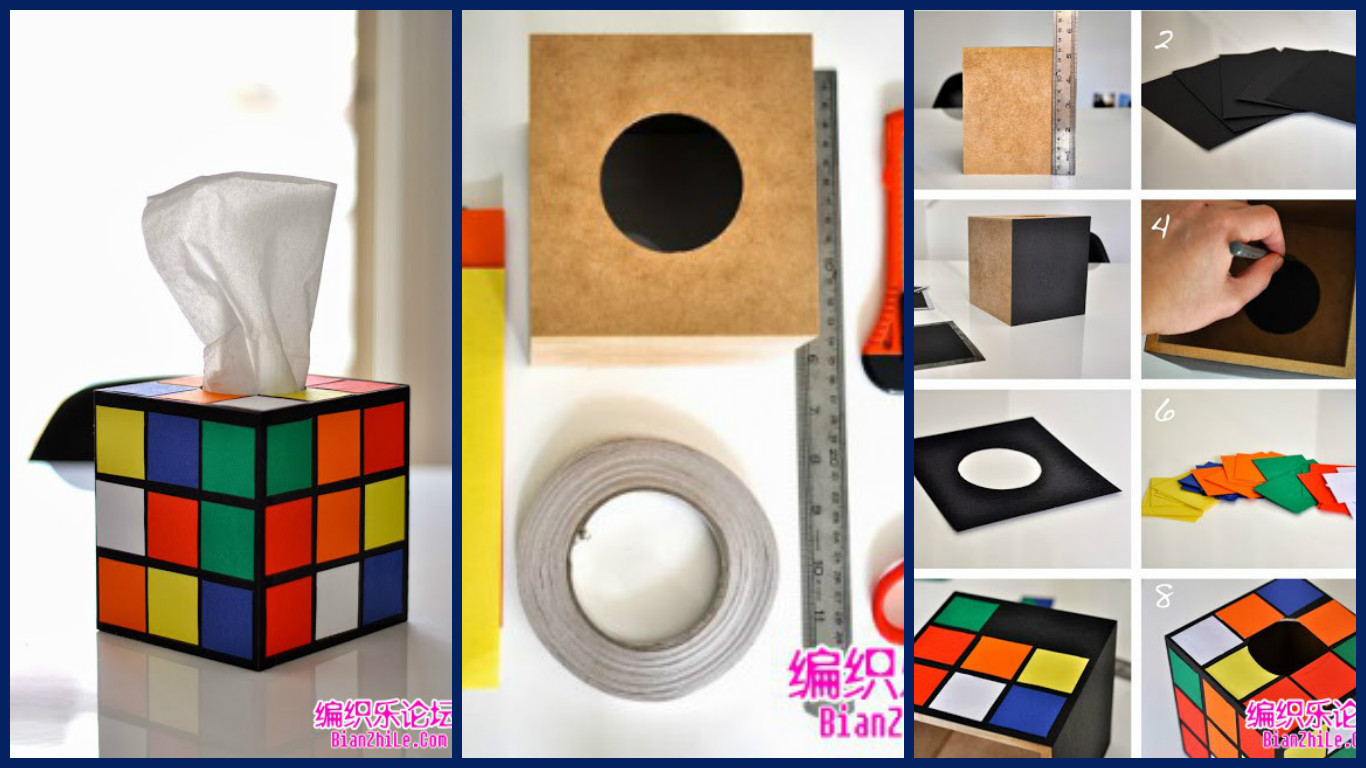
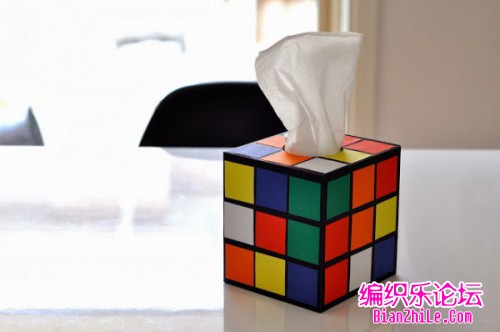
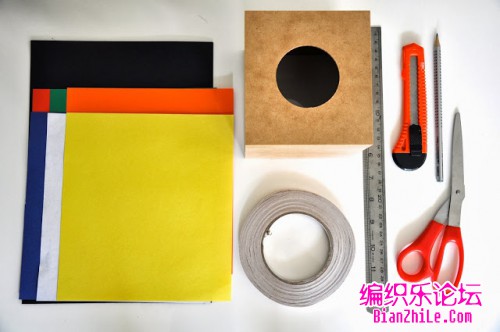
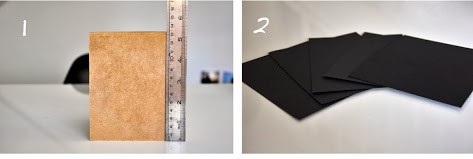


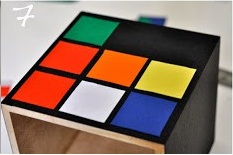
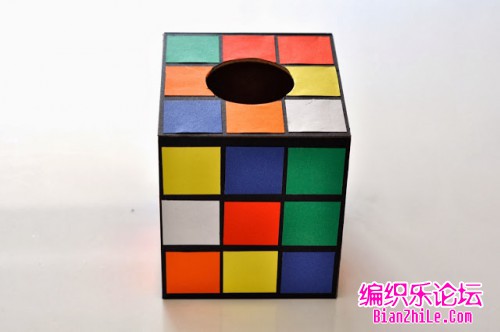

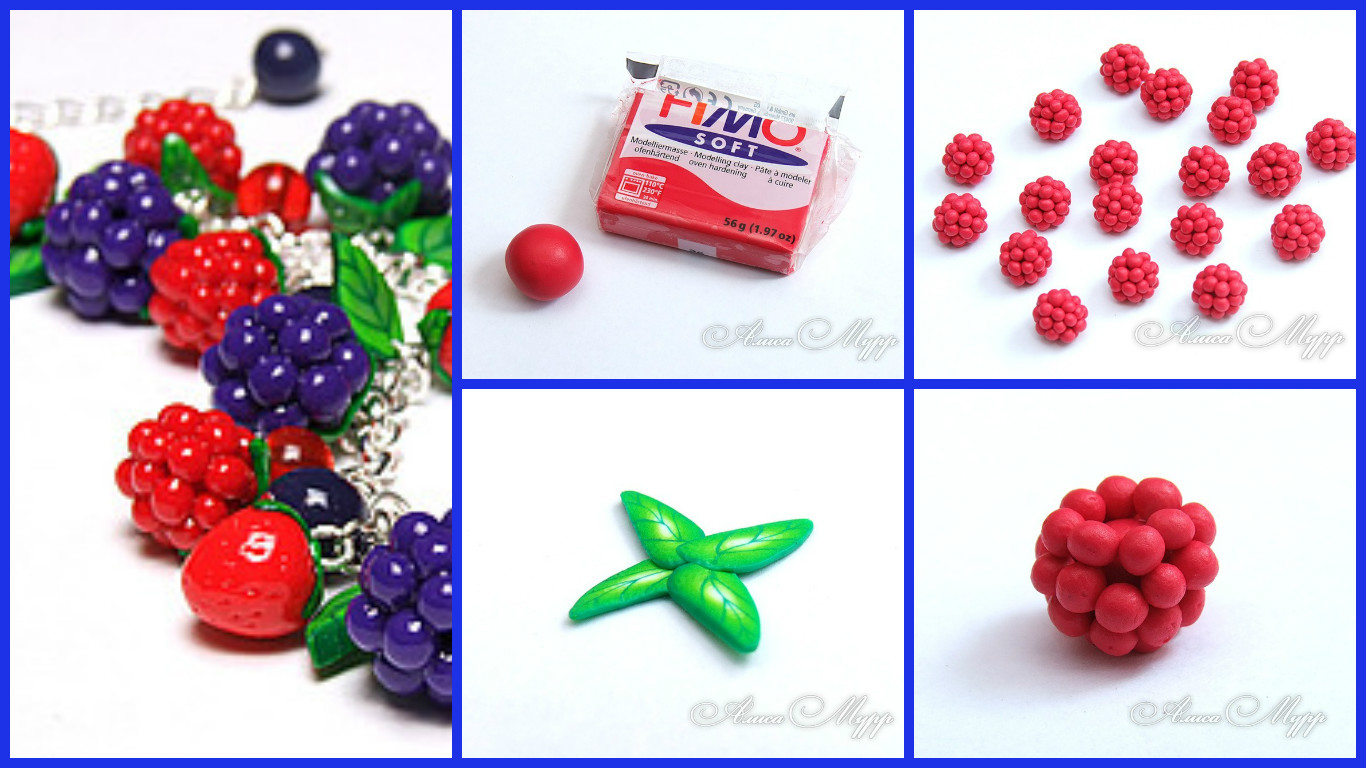

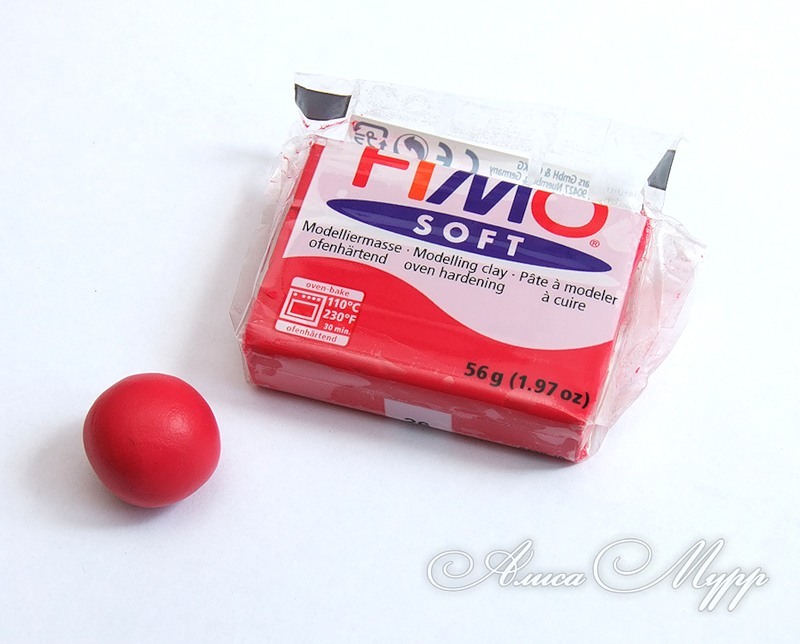 Now it’s tedious – to roll down small-small balls of mashed plastics sooooo much (one Malinka takes an average of 30 – 35 stuff).
Now it’s tedious – to roll down small-small balls of mashed plastics sooooo much (one Malinka takes an average of 30 – 35 stuff). Now the work easier – a few balls larger. 🙂
Now the work easier – a few balls larger. 🙂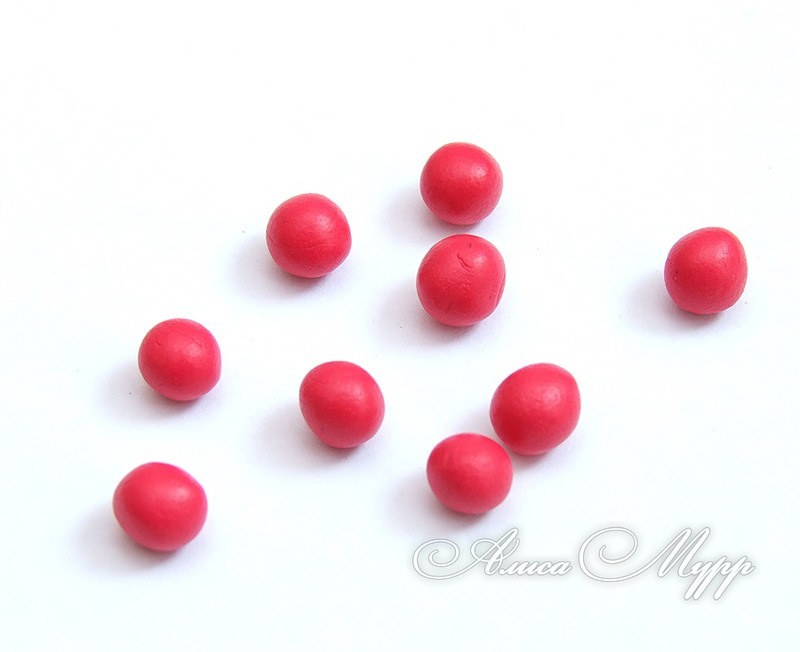 Of the five small balls make the foundation of our raspberries.
Of the five small balls make the foundation of our raspberries.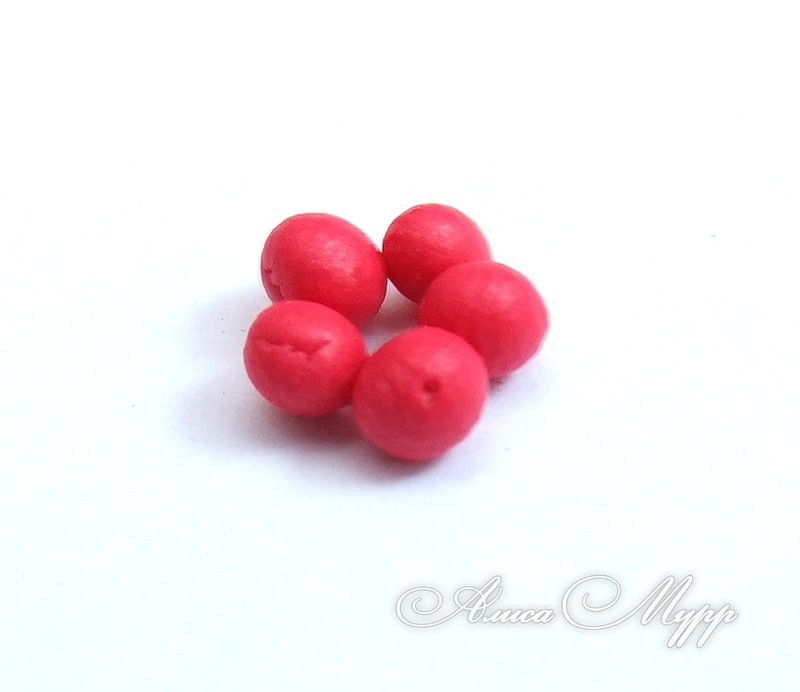 In it we place the ball bigger – it’s middle, to which we attach all the other small balls.
In it we place the ball bigger – it’s middle, to which we attach all the other small balls.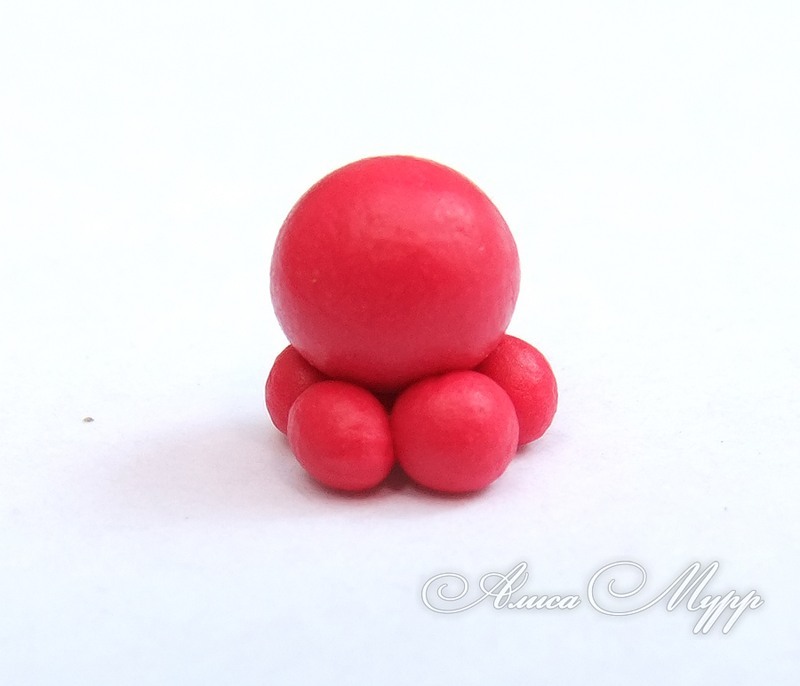 And gradually begin obleplivat future Malinka, row by row. I do it with a toothpick.
And gradually begin obleplivat future Malinka, row by row. I do it with a toothpick.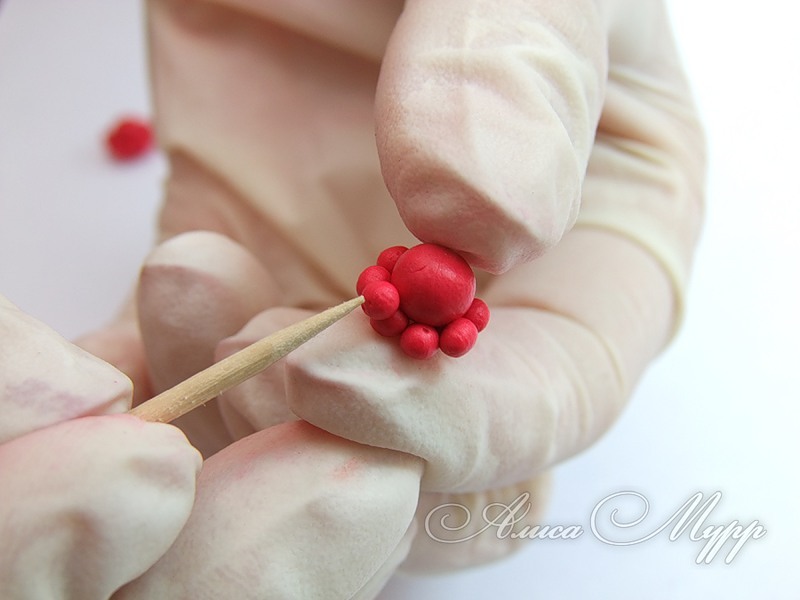

 Well, here she is ready. 🙂
Well, here she is ready. 🙂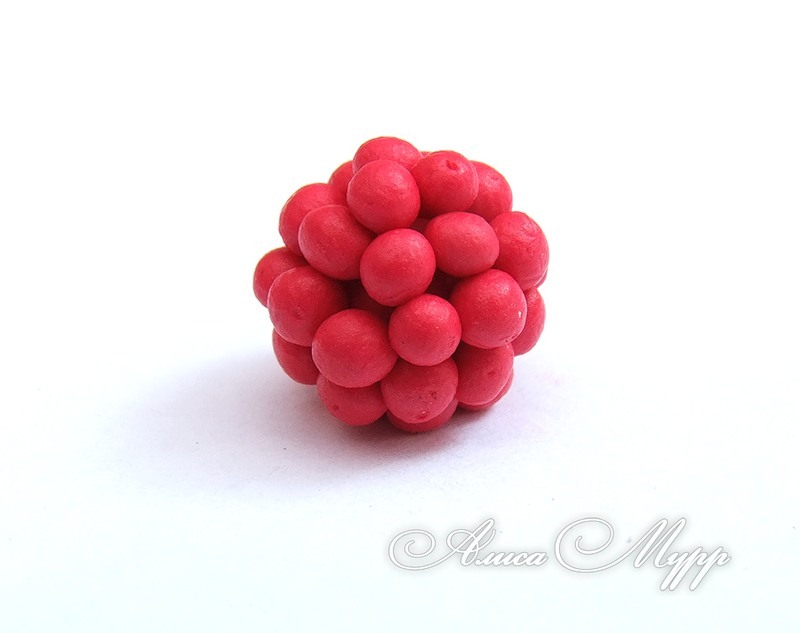 And it all. 🙂
And it all. 🙂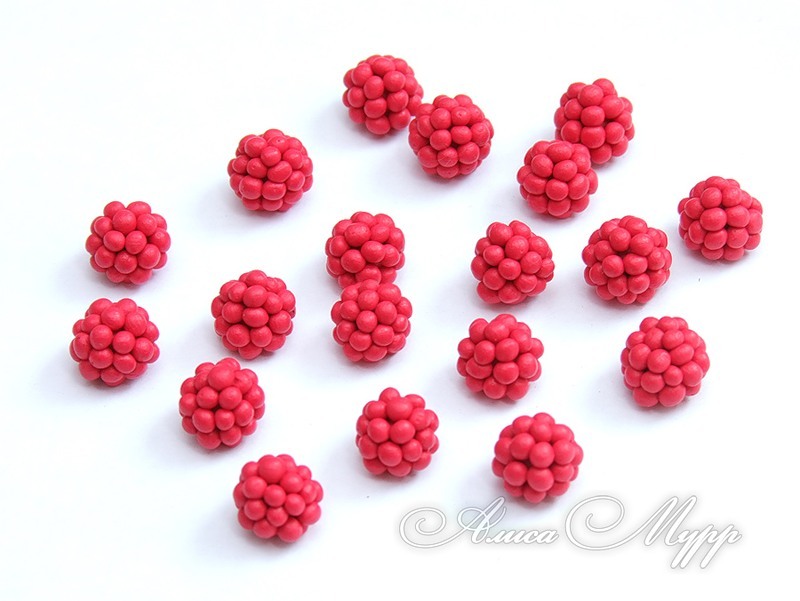 Now you need to attach the leaves to Malkin ass.
Now you need to attach the leaves to Malkin ass.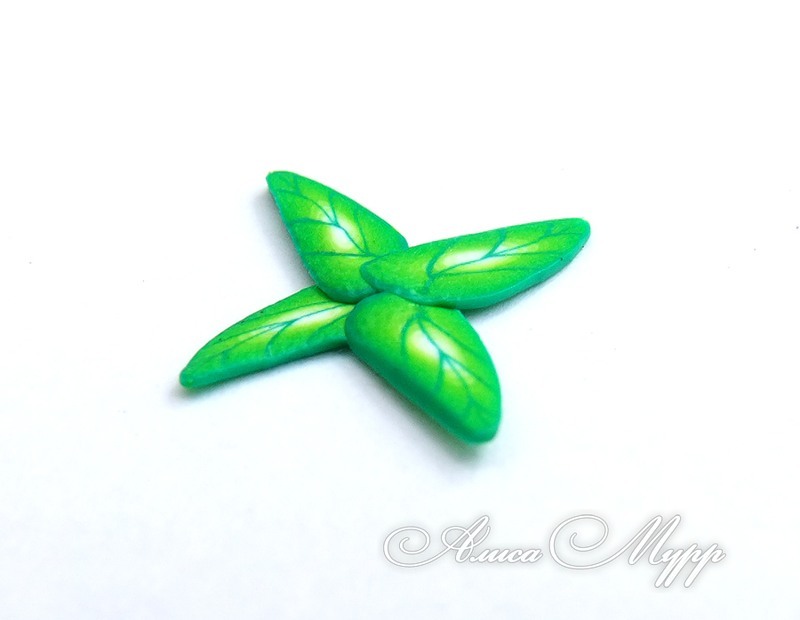
 And inserts the pin, so you could hang a berry on a bracelet or earrings. )))
And inserts the pin, so you could hang a berry on a bracelet or earrings. ))) Well, that’s the entire crop
Well, that’s the entire crop